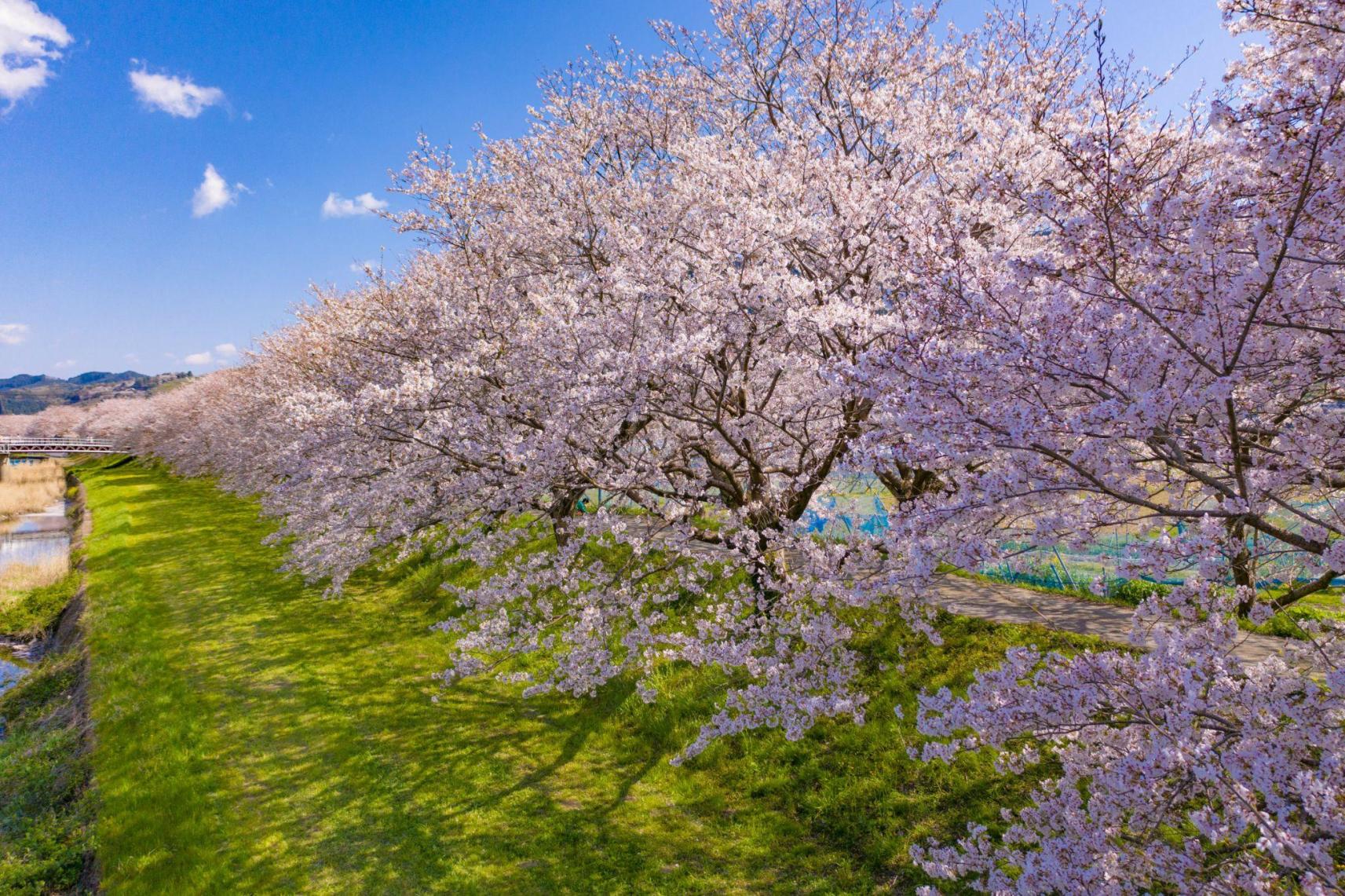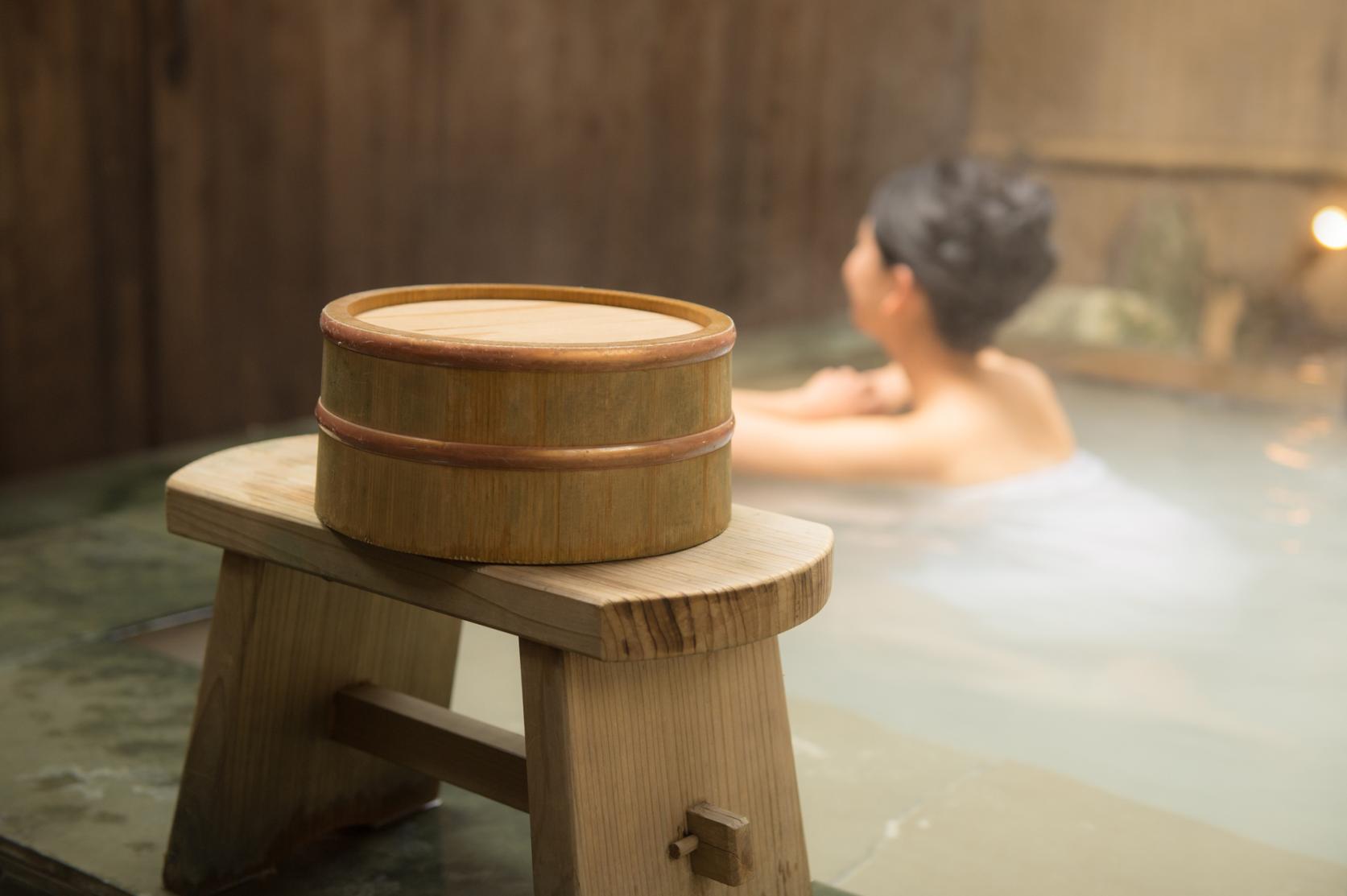We use cookies on this site to enhance your experience. By continuing to browse, you agree to our use of cookies. See our Cookie Policy for more information.

Do consider Fukuoka Prefecture as the destination for an educational trip to Japan.
An educational trip to Fukuoka Prefecture in Japan provides students with the opportunity to learn about Japanese society, culture, and industry, and at the same time offers an extensive menu of enjoyable experiences for students, including homestays and school exchanges.
Overview of Fukuoka Prefecture
Thanks to its geographical advantage, Fukuoka has long flourished as a gateway connecting Japan with other Asian countries. It is the largest city in Kyushu based on its population and economic scale, yet it is not only a bustling metropolis, but also an attractive international city where rich nature blends seamlessly with history. Fukuoka warmly welcomes student groups from around the world.
[Access to Fukuoka Prefecture]
(1) Via Tokyo
| Route | Estimated flight time | Number of flights per day |
| Haneda International Airport – Fukuoka Airport | About 2 hours | More than 50 flights |
| Narita International Airport – Fukuoka Airport | About 2 hours | About 10 flights |
| Haneda International Airport – Kitakyushu Airport | About 2 hours | About 10 flights |
About 5 hours from Tokyo Station to Hakata Station in Fukuoka Prefecture. If you plan to visit the Kansai area, including Osaka and Kyoto, you can also use the Japan Rail PASS.
(2) Access from other cities (on the Shinkansen)
| Route | Estimated travel time |
| Shin-Osaka Station – Hakata Station | About 2 hours 30 minutes |
| Kyoto Station – Hakata Station | About 2 hours 45 minutes |
| Hiroshima Station – Hakata Station | About 1 hour 5 minutes |
(3) Reference: Major cities with direct flights to Fukuoka Airport
Many airlines operate direct flights from Fukuoka Airport to various parts of Asia. If you are visiting Fukuoka Prefecture from a country with no direct flight service, you can also consider a route that takes you via Tokyo or other Asian cities.
《Cities with direct flights to Fukuoka》
| Country/Region | City(estimated flight time) |
| Korea | Seoul (about 1 hour 30 minutes), Busan (about 1 hour), etc. |
| China | Beijing (about 4 hours), Shanghai (about 2 hours), etc. |
| Taiwan | Taipei (about 2 hours 30 minutes), Kaohsiung (about 3 hours) |
| Hong Kong | Hong Kong (about 3 hours 30 minutes) |
| Singapore | Singapore (about 6 hours) |
| Thailand | Bangkok (about 5 hours 30 minutes) |
Three reasons why we recommend Fukuoka for your educational trip
1. There are many sightseeing spots. In addition to cultural and historical attractions, students can learn about a wide range of subjects, from Japanese industry to lifestyle.
2. In addition to standard Japanese cultural experiences such as tea ceremony and kimono dressing, students can also try their hand at activities such as sushi making and traditional crafts.
3. Fukuoka Prefecture provides support for coordinating and arranging school exchanges.
We will explain each point in detail in the following sections.
1. Numerous sightseeing spots
There are many sightseeing spots across all genres, particularly in the city of Fukuoka. Design diverse itineraries that are tailored to the students' interests, in order to encourage greater learning.
(i) Places where students can learn about Japan's traditional culture and history
Most foreign students are probably familiar with contemporary Japanese culture such as manga and games. Therefore, we recommend visiting sites related to traditional culture and history in order to deepen their understanding of Japan.
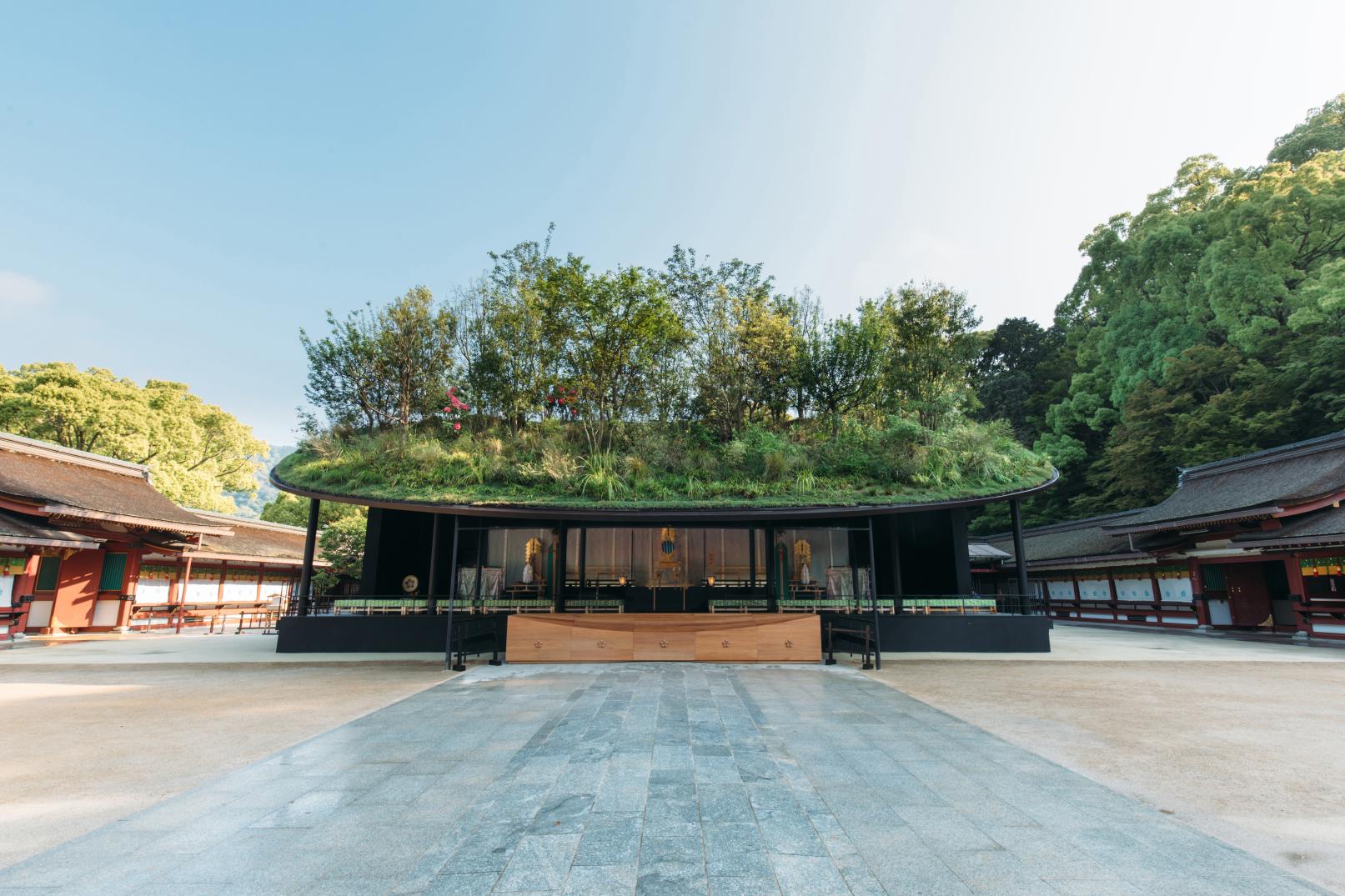
Dazaifu Tenmangu Shrine
View moreDazaifu Tenmangu Shrine is dedicated to Sugawara no Michizane, the God of Learning. This shrine is the leading shrine of some 12,000 Tenmangu shrines around Japan, and attracts worshippers from around Japan and worldwide as one of the largest shrines in Kyushu.
The grounds are populated by several deeply historical structures, including the vermillion main shrine and the surrounding gardens, Tenkai Inari Shrine, Homotsuden (treasure house) and the Kanko Historical Museum. There are natural monuments like Hirohachishanoki and camphor trees, and gorgeous blooms of plum and iris depending on the season.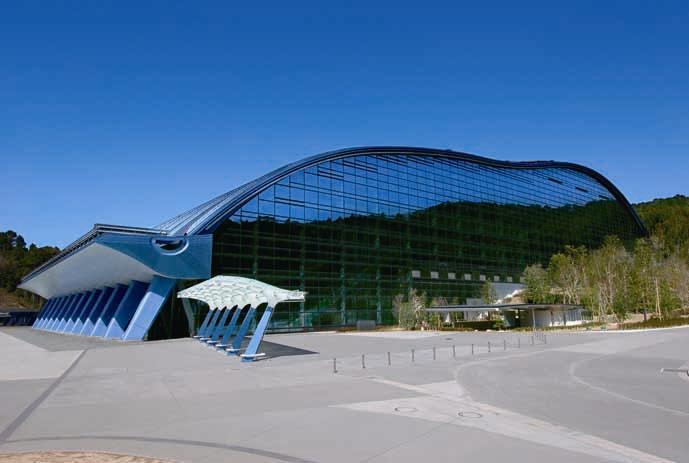
Kyushu National Museum
View moreFollowing Tokyo National Museum, Kyoto National Museum, and Nara National Museum, Kyushu National Museum is established for the first time in 108 years as the fourth national museum in Japan. Set in the hills lying behind Dazaifu Shrine, the vast, eye-catching building that opened on October 16, 2005 features a roof that conjures up rolling hills and double skin glass walls.
Unlike the other national museums which mainly exhibit art, Kyushu National Museum could be called “the historical museum”.
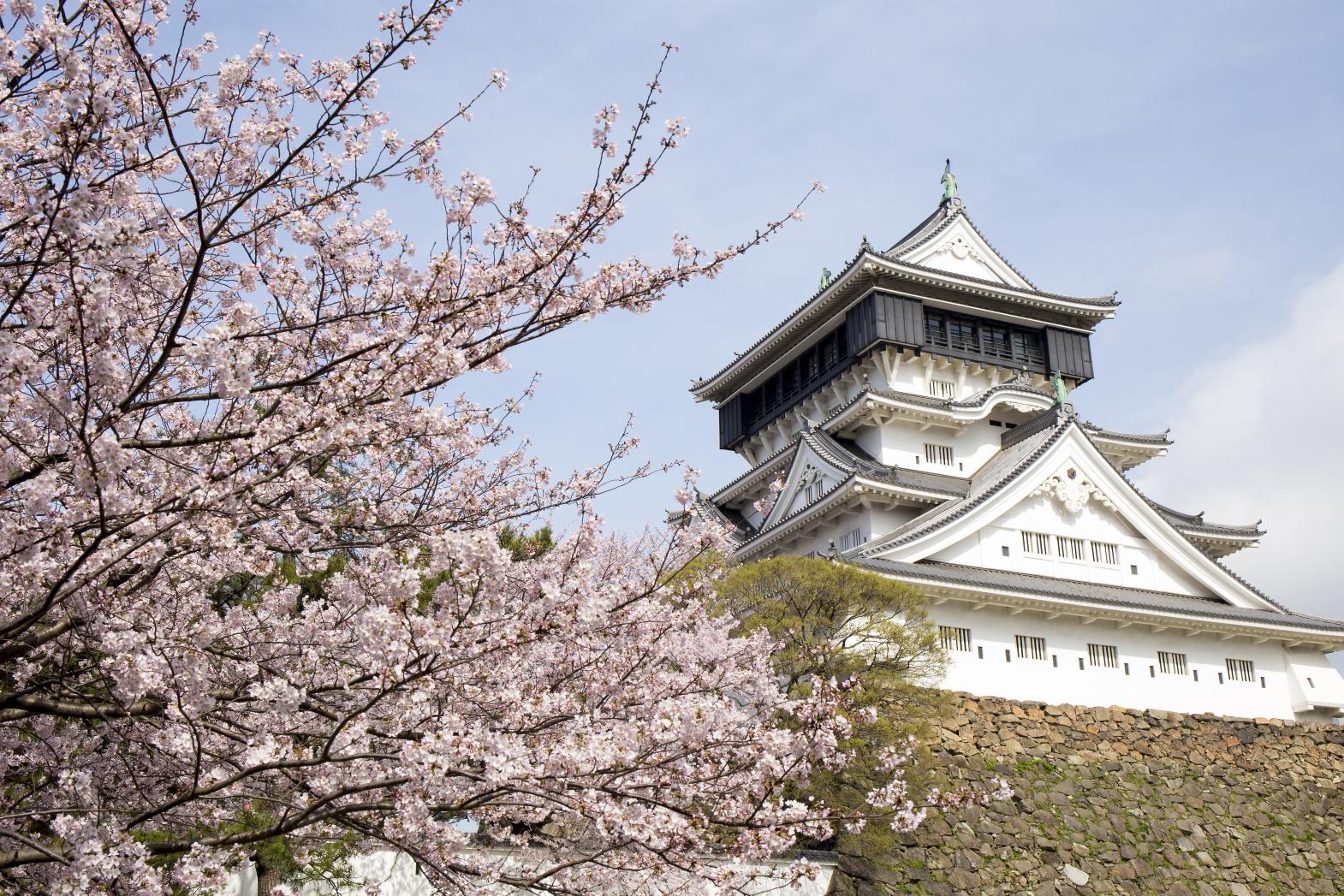
Kokura Castle
View moreThe structure of the castle tower, called as Karazukuri stype, is simple, but bold. The founder was Tadaoki Hosokawa, who entered the country in 1600 after being granted 400,000 koku (an unit for land mesuring) of land in the Buzen and Bungo areas. Later, Tadamasa Ogasawara entered the country in 1632. Since then, the castle had been the residence of the Ogasawara clan for 10 generations, for about 230 years, until the Meiji period (1868-1912) . The catsle was burnt down in Keio Heitora Incident (1866), and lost its glory. The present Kokura Castle was rebuilt in 1959.
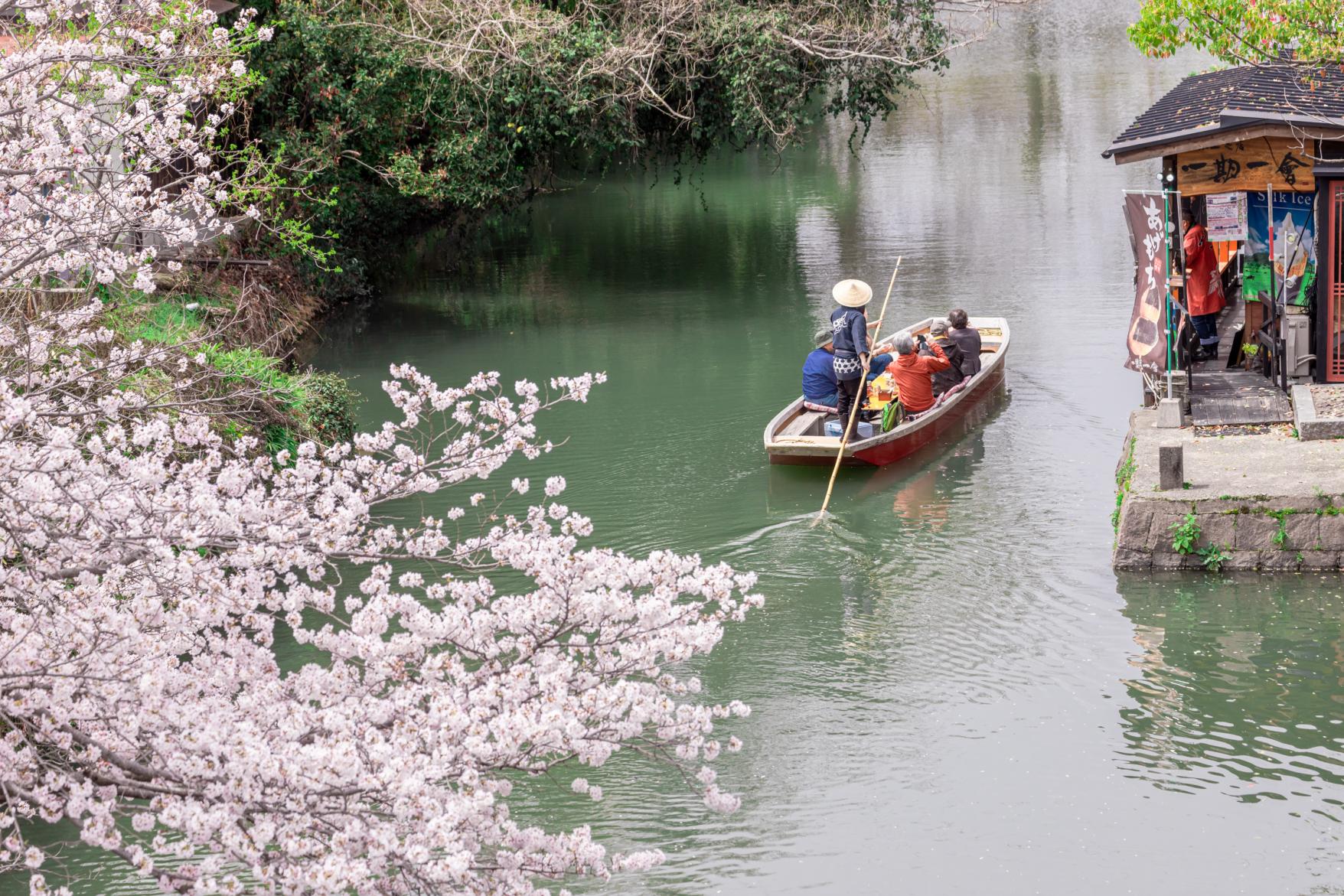
Yanagawa Canal Boat Tour
View moreYanagawa, the medieval town that prospered in the vicinity of Yanagawa Castle, is famous as the hometown of modern poet Hakushu Kitahara. Immerse yourself in the atmosphere of this water town by boarding a punt (donko-bune) to be carried downstream and through the canals that criss-cross the town.
The name “donko-bune” may have derived from a type of small goby fish named “donko.” These punts also appear in winter months as “kotatsu-bune,” or boats for tourists with seating heated by a charcoal brazier.
(ii) Places where students can learn about Japanese industries
For students who are interested in Japanese industry and economy, we recommend taking a factory tour. Visit the actual sites of industries that are closely related to their daily lives, such as food and automotives.
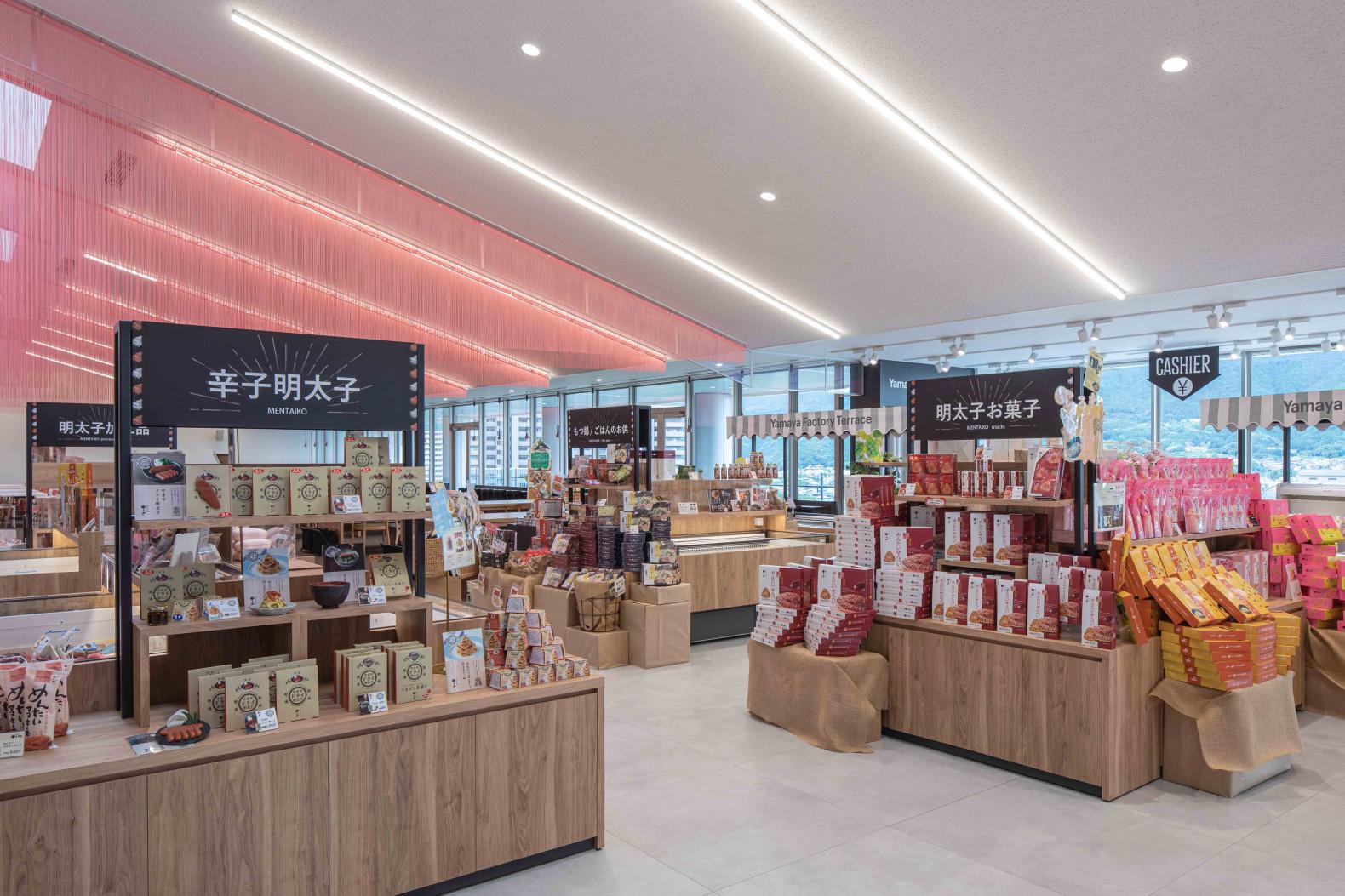
Yamaya Factory Terrace
View moreMentaiko is spicy cod roe, which is one of the specialties of Fukuoka. Yamaya Factory Terrace is a Mentaiko experience facility where you can "know", "buy", and "eat" mentaiko. We hope you will come to love mentaiko even more. With this in mind, we have prepared services that can only be offered at a facility adjacent to the factory.
At the Mentaiko Factory (factory tour), visitors can enjoy learning about the production process of spicy cod roe through video images and displays.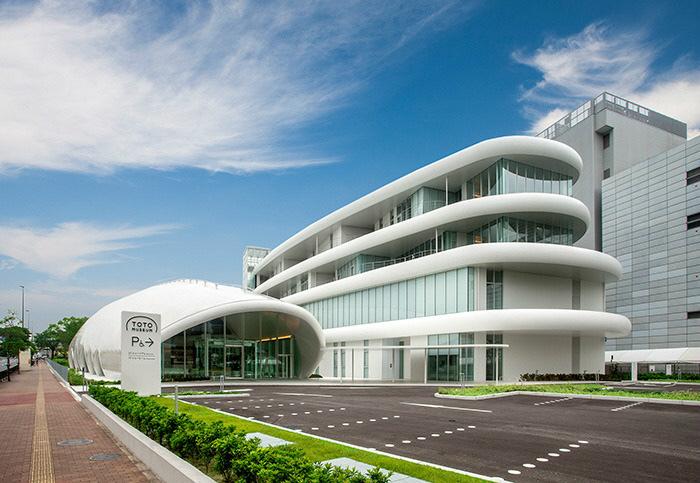
TOTO Museum
View moreThis is a museum that introduces the roots and history of the establishment of TOTO, which played a role in Japan’s modernization. The museum exhibits the eating utensils that TOTO has supported in the 50 years since its establishment, conveys the evolution of its products through the eras, and also exhibits valuable products that were installed at famous locations, including history-changing representative sanitary ware, faucet fittings, and Washlets (※)
※Washlet is a registered trademark of TOTO.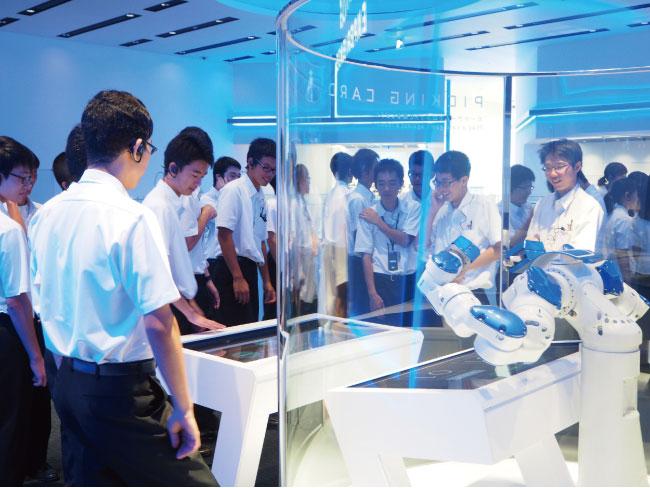
Yaskawa Electric Corporation - Robotics Manufacturing Plant
View moreSince the founding of the company in 1915, Yaskawa Electric Corporation has been at the forefront of automated manufacturing, development and creation of Mechatronics® and Motoman® heavy duty industrial robots.
Ever since the first model hit the market back in 1977, the Motoman® robots have sold over 290,000 units worldwide - boasting the highest number of units in the world. Here at the Robotics Manufacturing Plant, visitors can observe the innovative manufacturing process of their ”robots making robots” in action.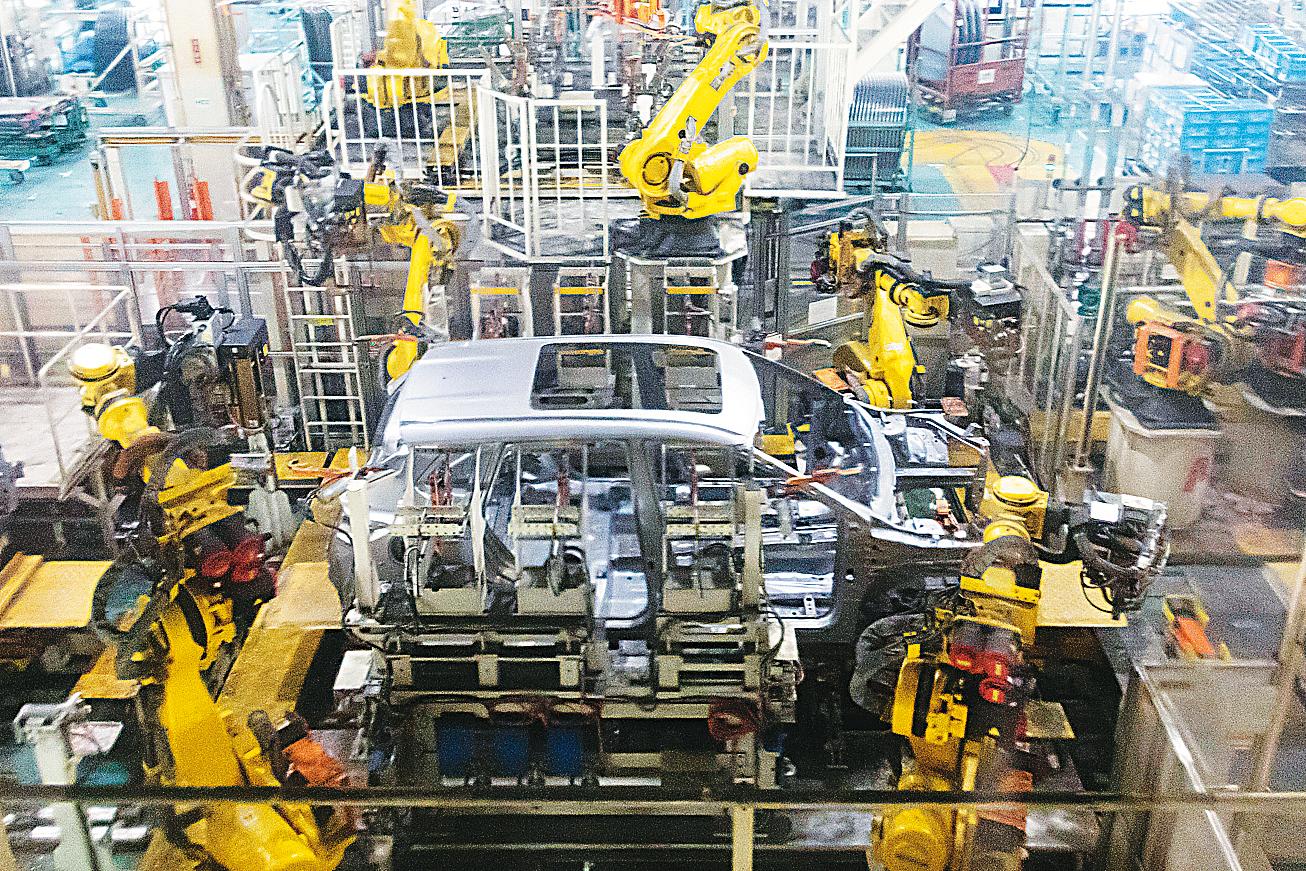
Nissan Motor Company’s Kyushu Plant
View moreFacing the Suo Sea, Nissan Motor Company’s Kyushu Plant (located in Kanda Town, Fukuoka) began its manufacturing operations in 1975 as the first automobile manufacturer in Kyushu.
On a tour of the plant, visitors are guided through the entire manufacturing process, starting with the welding of the body and progressing along to paint, assembly, and finally inspection. The pier for Nissan’s exclusive use can be also seen from the tour route.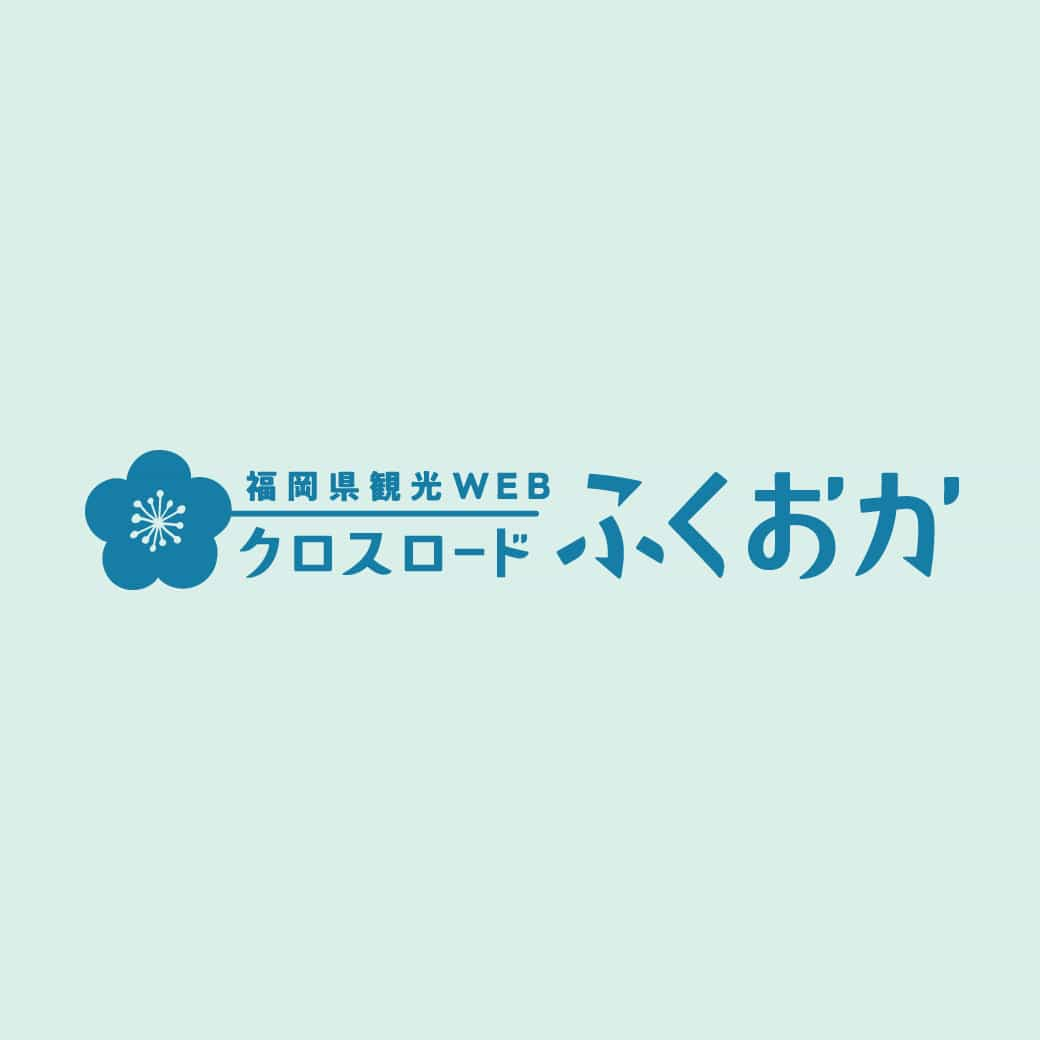
Toyota Motor Kyushu Inc. Miyata Factory
View moreAt the Miyata factory of Toyota Motor Kyushu Inc. the staff manufactures the cars to pursue the world-class quality and safety performance, being environmentally friendly. You can take a free tour of the PR building (You can see exhibition of vehicles products and explanatory videos about the Toyota’s manufacturing process, and dynamic theater images showing the process of car-manufacturing ).
(iii) Places for enjoying the natural scenery of the four seasons
Fukuoka has an extensive lineup of places where visitors can experience the beautiful nature of both the sea and the mountains. Admire the beautiful flowers of each of the four seasons and visit scenic locations with unique topography to deepen students' awareness of environmental conservation.
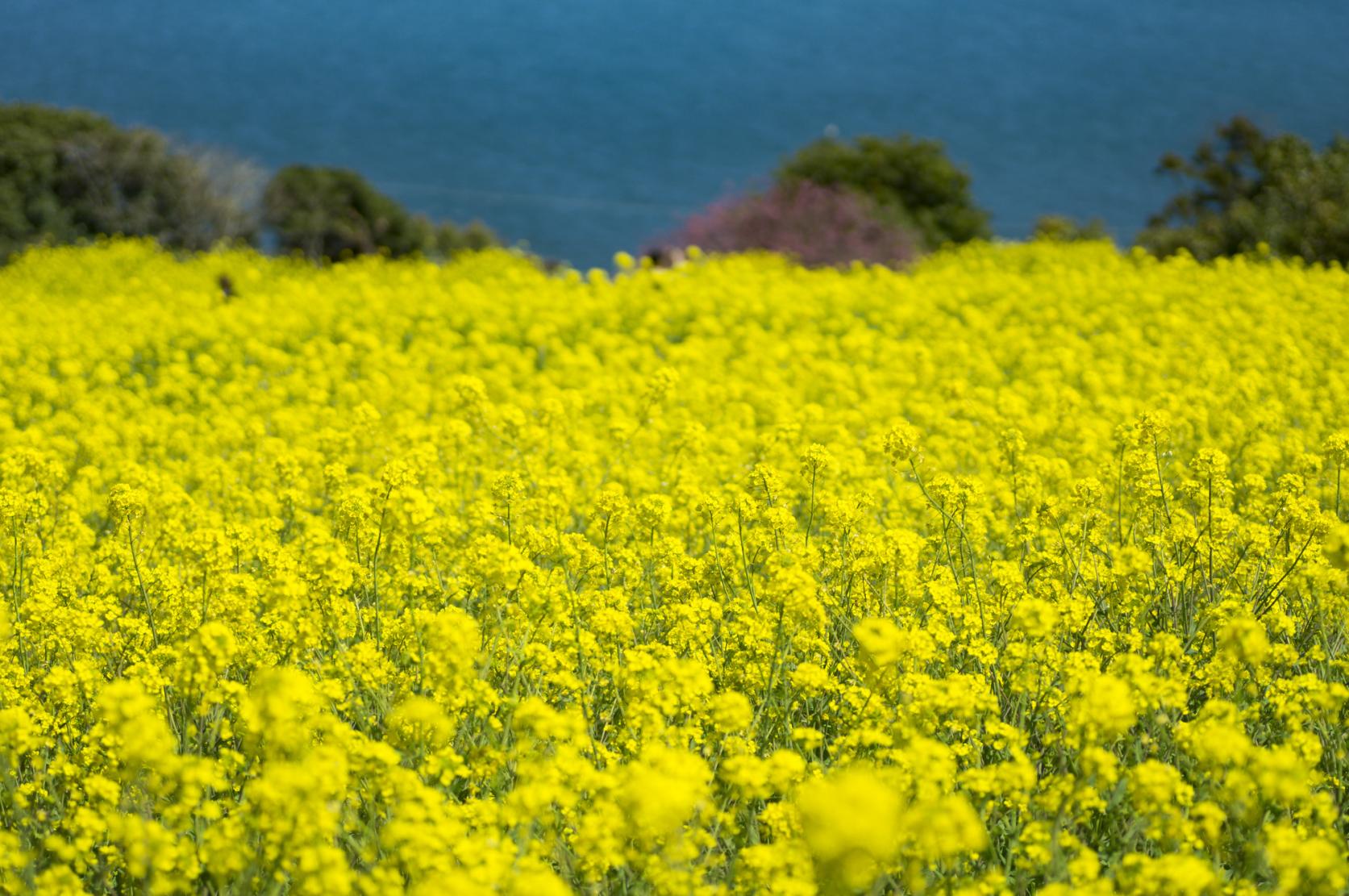
Nokonoshima (island)
View moreThis eggplant-shaped island is only a 10-minute ferry ride from Fukuoka City's Meinohama ferry terminal. The nature-rich island offers fishing, swimming, hiking, insect collecting and walking.
The Nokonoshima Observatory, located almost in the middle of the island at an altitude of 195 m, offers a 360° panoramic view surrounded by the sea. If the weather is fine, Fukuoka Tower and Fukuoka PayPay Dome can be seen.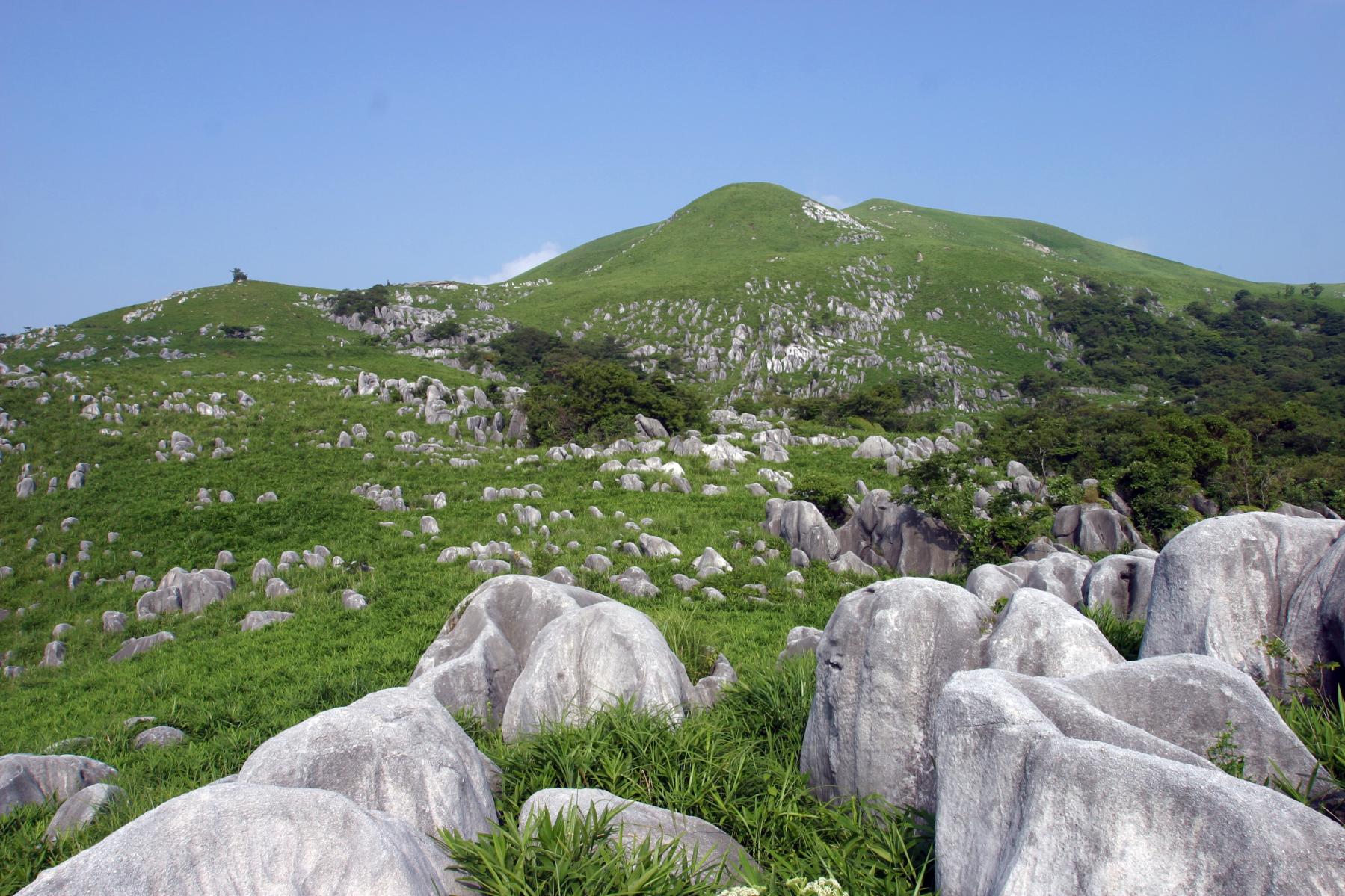
Hiraodai
View moreThe representative ’karst plateau’ of Japan, grassy fields are dotted with pure white limestones that will make you think you’re looking at a field of sheep, designated as a natural monument. It can be enjoyed all through the year: Noyaki (burning the dead grass in a field) in spring, fresh foliage after Noyaki in early summer, and pampas grass fields in fall. The entire area is designated as part of Kitakyushu National Park. Good for hiking.
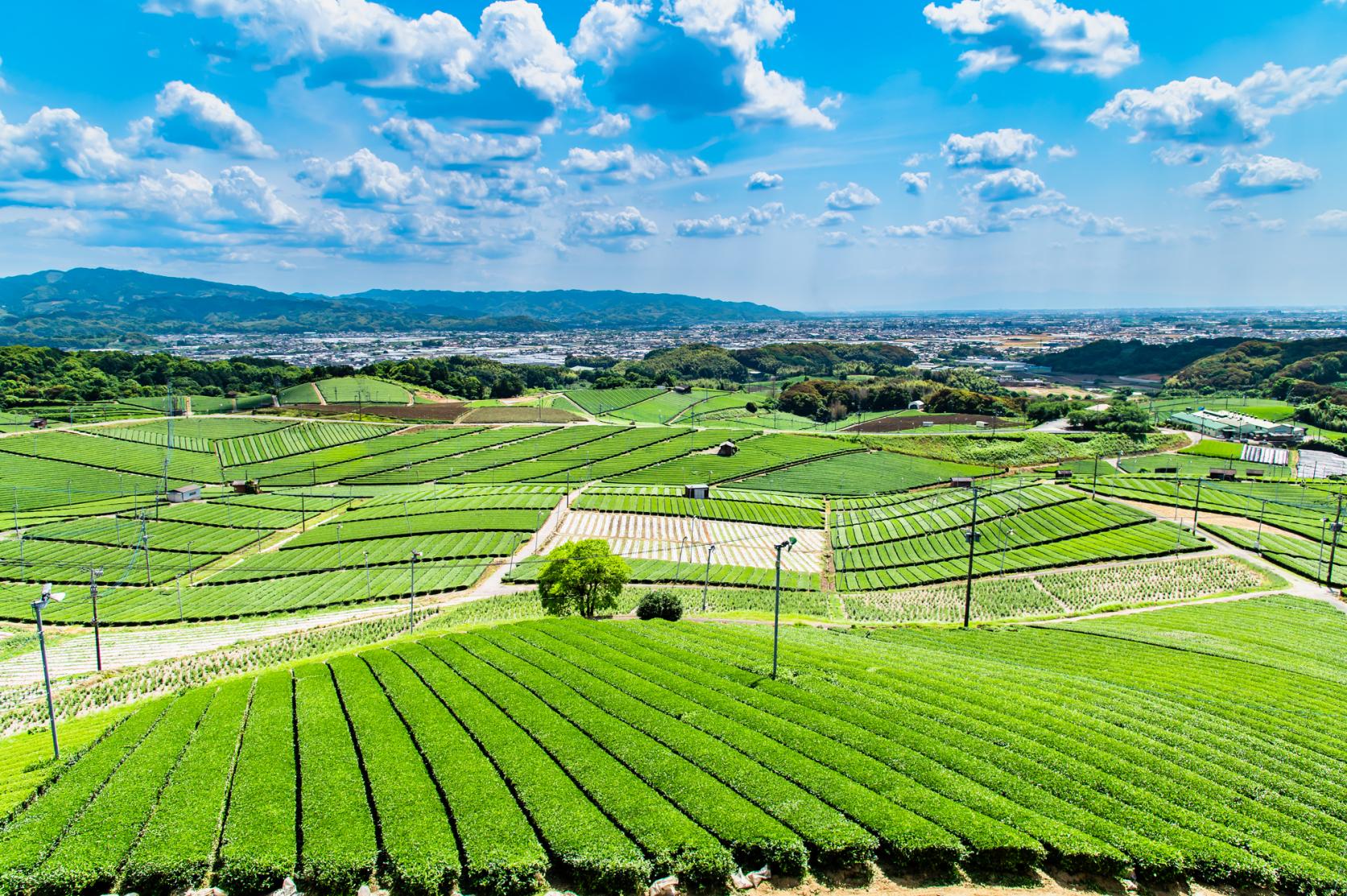
Yame Central Grand Tea Plantation
View moreThe green tea fields blanket entire hills. The Daichaen (70ha) covers undulating hillsides and is the main origin of Fukuoka’s leading tea brand, Yame-cha. The tea field was developed between 1969 and 1973 from forested hill area of 103ha as a “prefectural pilot project.” The grandeur of this landscape has come to be well-known nationally.
Seen from the lookout at the summit of the hill, the tea field resembles a sumptuous green carpet.
(iv) Explore the cities (free and easy itinerary)
There is a wide range of train and bus routes within Fukuoka Prefecture, making it convenient for independent learning. If you are touring the heart of Fukuoka City, an easy starting point is to plan your trip around Hakata Station and Ohori Park, where there are many attractions. In Kitakyushu City, you can take a stroll around the retro townscape near Moji Port and around the sightseeing spots related to the Kanmon Straits.
(v) Experience a homestay at a farm
Why not try an agricultural experience that supports Japan's safe and reliable food culture?
For example, Asakura City and Tachiarai Town are accessible locations, about 40 minutes from Fukuoka Airport. They also have close proximity to Dazaifu Tenmangu Shrine and Kyushu National Museum, making them the perfect places to learn about culture, history, and nature. Students can create precious memories by experiencing a homestay at a farm, interacting with the host family and the locals, and enjoying home-cooked meals.
[Overview of hosting situation]
Maximum number of people accepted for homestays: Approximately 150 people
Experience programs: Harvesting crops, peace studies, monozukuri (Japanese craftsmanship), history and culture, etc. (can be tailored to your needs)
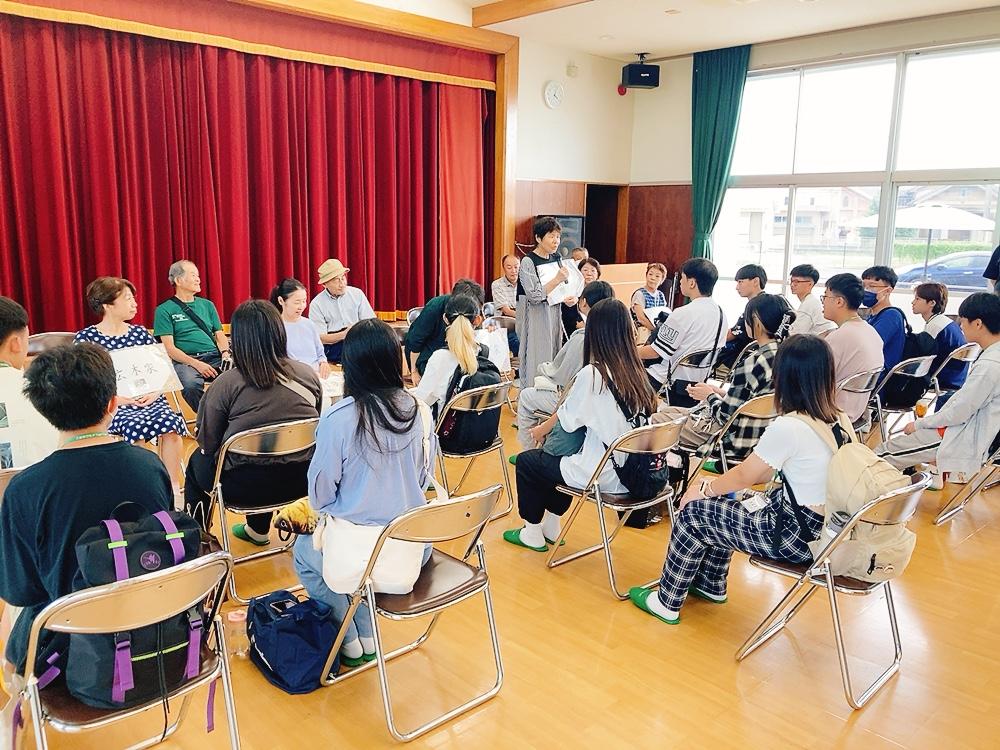
Village entrance ceremony (2:00 p.m.)
Welcome! The hosts explain the rules and how to enjoy your stay to ensure that everyone has a pleasant experience.
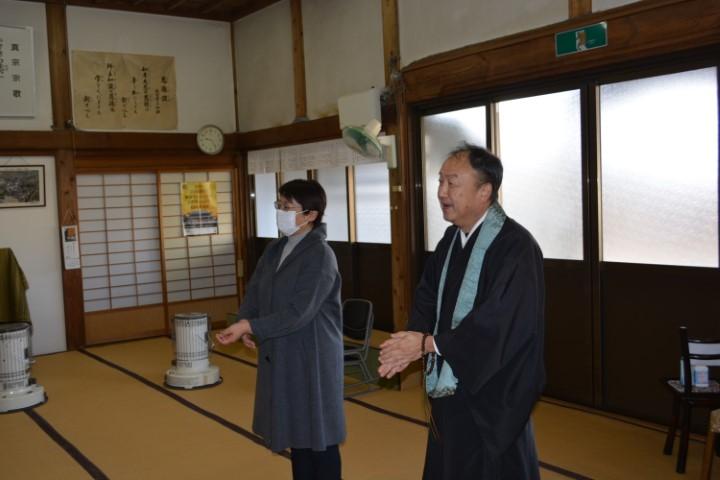
Head to the accommodation (3:00 p.m.)
Meet the host family, communicate actively, and enjoy conversing in English.
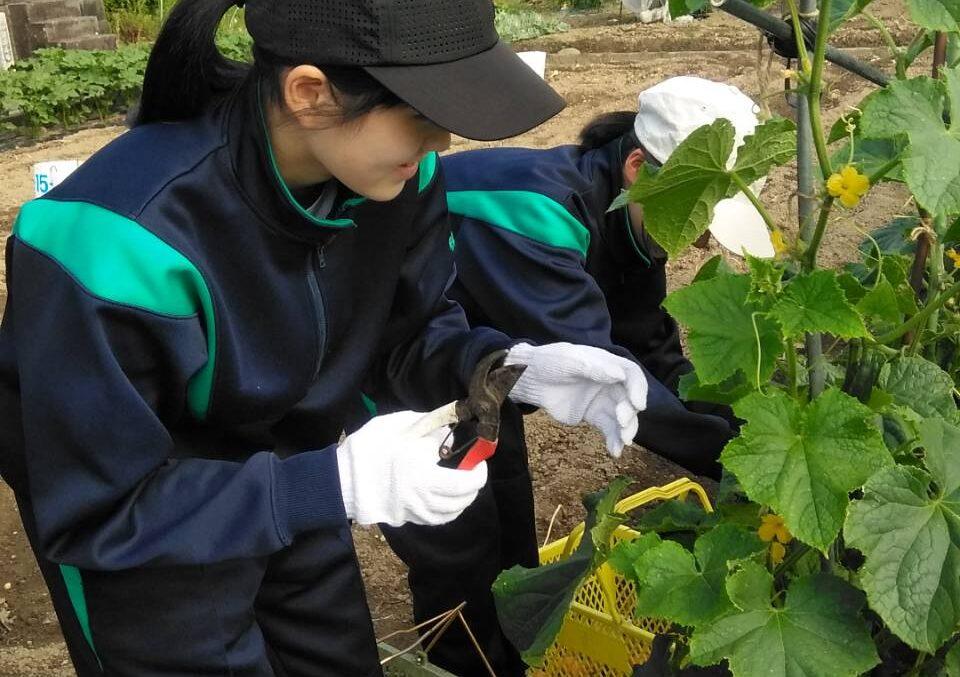
Farming experience, etc. (5:00 p.m.)
Various programs are available throughout the year. Until 10:00 a.m. on the following day, students can interact with the villagers while experiencing the daily life of a farmer.
2. Participate in an exciting range of cultural experience programs
Fukuoka Prefecture has an extensive range of locations with experiences that are open to foreign tourists. The experience of learning about diverse aspects of Japanese culture while having fun with friends during the student days of inquisitiveness and exploration, is sure to create unforgettable memories for life.
(i) Learn about Japanese-style hospitality through a matcha experience program
Fukuoka Prefecture is also renowned as a tea production region. In the Japanese tea ceremony, matcha powder and hot water are placed in a tea bowl and mixed with a chasen (tea whisk) before being served to guests. Experience this traditional tea making and tasting ceremony.
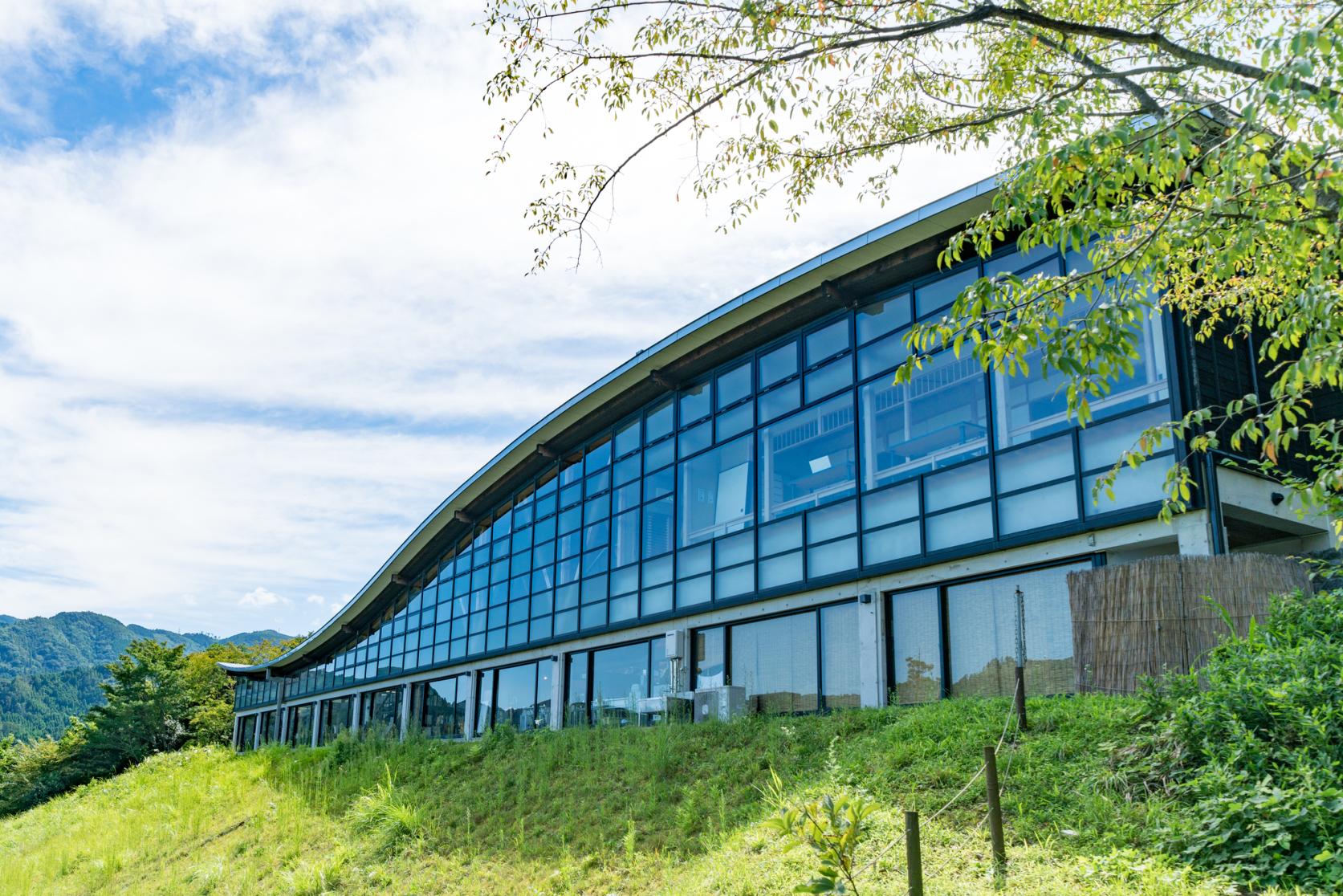
Tea Museum
View moreOne drop of the “Shizuku tea” served at the Tea Musuem in Hoshino Village (also known as the home to Gyokuro refined green tea) will make you reexamine tea. Savor tea noodles, tea leaf rice, tea gruel and more at the Hoshino Tea Room inside the museum. Gifts are also available at the museum, ranging from Hoshino Gyokuro to a number of other teas, matcha flavored yokan (a jellied sweet), and Hoshino ceramics. Experience leaf kneading and roasting at workshops held during the tea festival! Workshops available during the Spring Holidays in early May, early June, and the festival for first tea of the season.
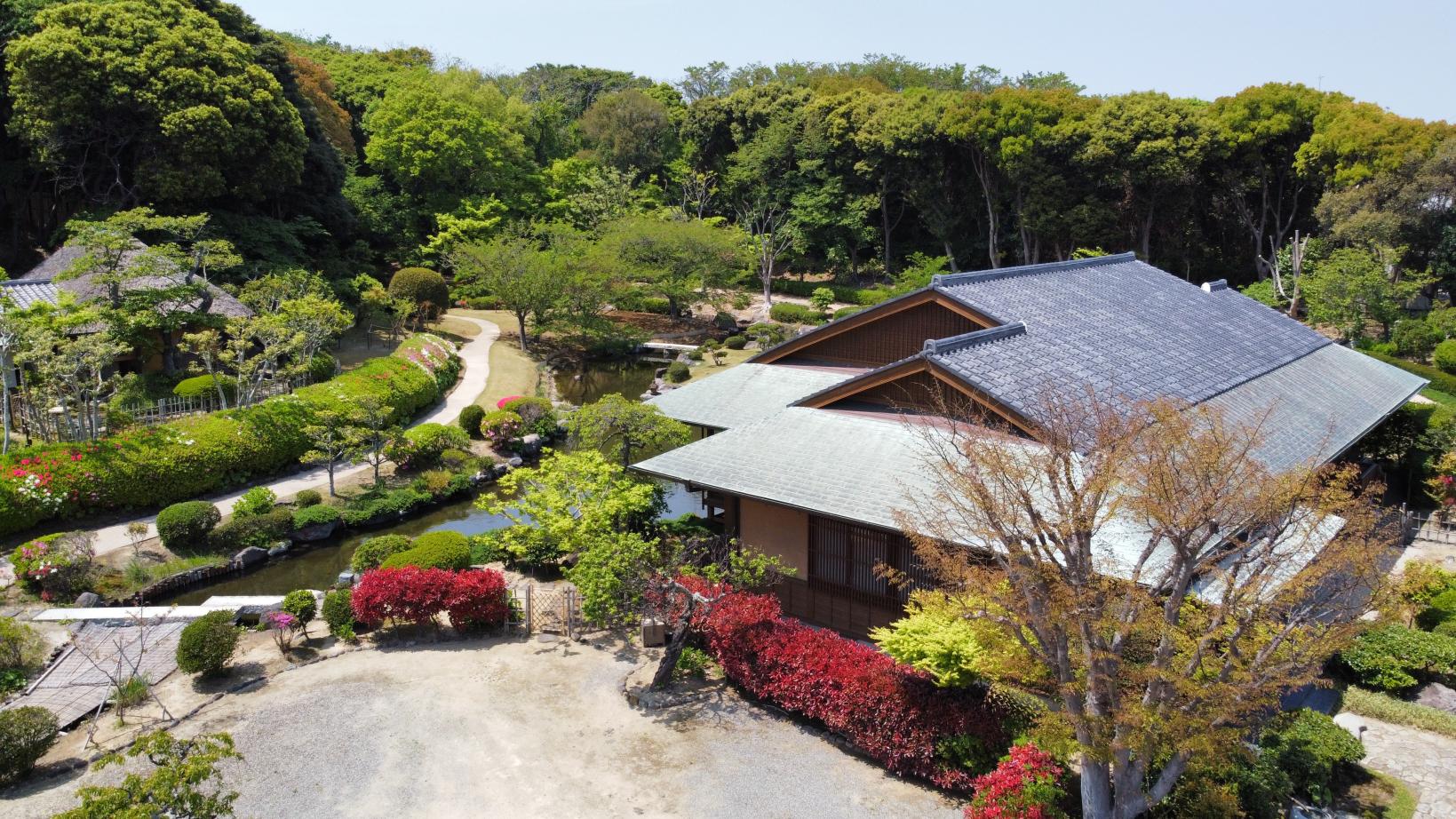
Ashiyagama no Sato Village
View moreThe town of Ashiya earned national prominence as a maker of iron tea kettles for Japanese tea ceremonies, or “kama”, in the Muromachi Era (mid-14th century - late 16th century). Now, casters at Ashiyagama no Sato Village are hard at work trying to restore the production of such kettles in their studios.
Visitors to the village can find iron kettles from the Muromachi Era displayed in the museum or enjoy a drink of “matcha (Japanese green ceremonial tea)” while seated on chairs at a low table in the tea room or Japanese garden! The plum blossoms in February or azaleas in April and May are particularly beautiful.
(ii) Learn about traditional fashion through a kimono dressing experience or Kurume Kasuri experience
Gain deeper insight into Japanese culture by learning about the traditional Japanese garment, the kimono, as well as Fukuoka's traditional craft, Kurume Kasuri (indigo-dyed cotton fabric).
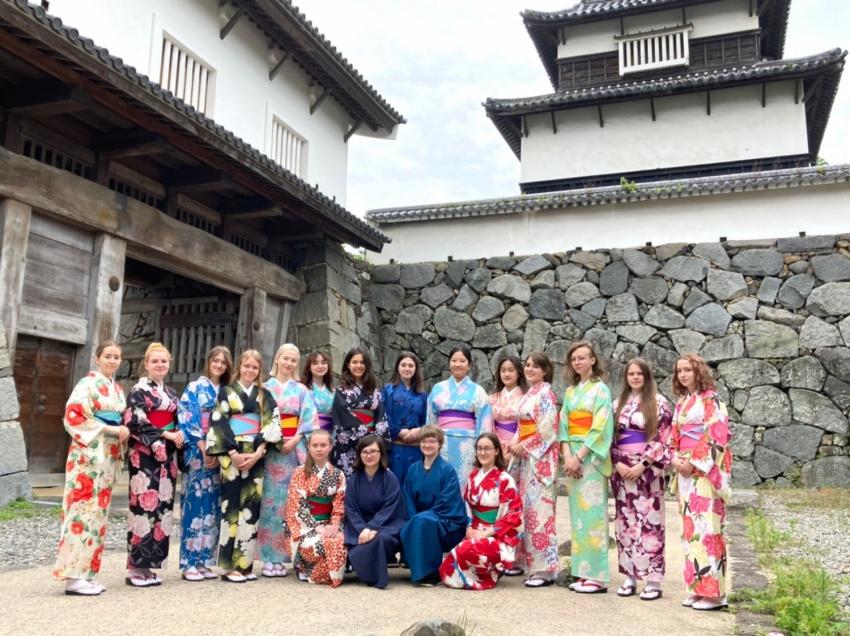
Fukuoka Castle and Korokan Information Center "San-no-Maru Square"
View moreSan-no-Maru Square, an information center for Fukuoka Castle and Korokan, a designated national historic site. This facility, housed in the former Maizuru Junior High School building, introduces the history of Fukuoka Castle and Korokan. Visitors can learn about the history of Korokan and Fukuoka Castle through panel displays that provide information on historical sites.
Kimono rental is also available at Mayu no Yakata. Visitors can walk around Fukuoka Castle Ruins, Maizuru Park, and Ohori Park in kimono. Various sizes are available for adults and children, so why not enjoy the kimono experience?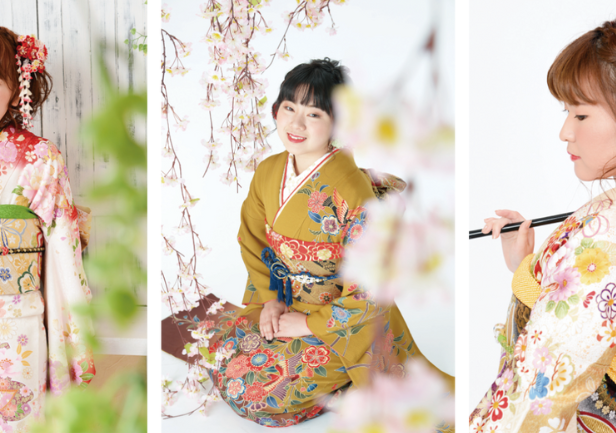
Kimono -Yanagawa Town Stroll in Kimono-
View moreThe atmosphere of Yanagawa is perfectly suited for a pleasant stroll dressed in a kimono. Stroll through the Tachibana Gardens, an authentic Japanese garden with more than 100 years of history and enjoy a relaxing river cruise.
Starting Point: Start your experience at Koga Shin Kimono Shop which has been in business for 120 years. Choose from 100 different styles of kimono for your walk. After getting dressed, it is a convenient 3-minute walk to the boat boarding area for the river cruise.
【Reference】
When visiting Dazaifu Tenmangu Shrine, please use the rental kimono plan of the Nishitetsu Dazaifu Ekimae Branch.
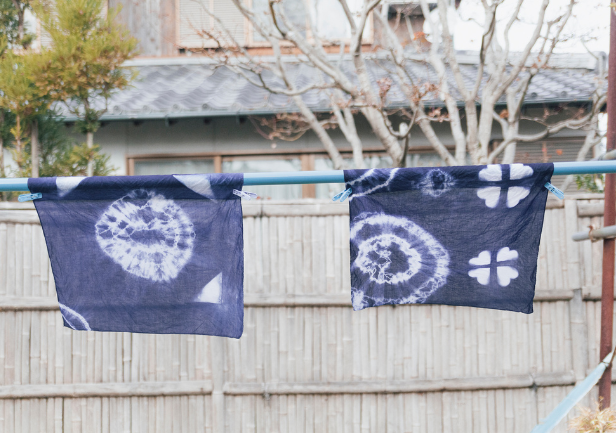
Kurume Kasuri -Ikeda Kasuri Kobo-
View moreVisitors can enjoy an authentic indigo dyeing experience using natural dyes in a workshop used by artisans.
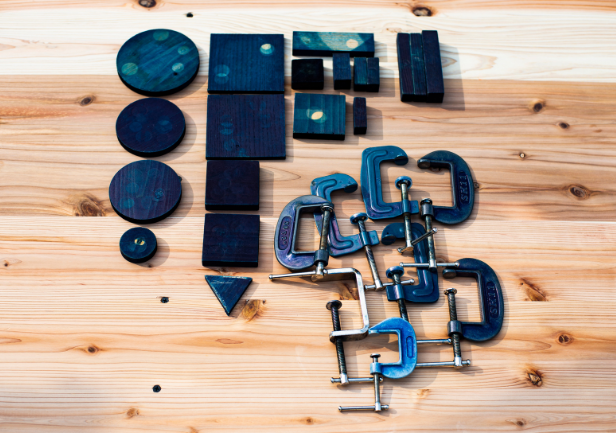
Kurume Kasuri -Moriyama Kasuri Kobo-
View moreThe workshop focuses on natural indigo dyeing and hand weaving. The workshop is run by a family, so you can experience indigo dyeing in a friendly, welcoming atmosphere.
(iii) Fall in love with Japanese cuisine through a sushi-making experience
Sushi is the first to come to mind for many people when talking about Japanese cuisine. Learn more about the true essence of Japanese cuisine through a sushi-making experience, which may look simple but is actually rather challenging!
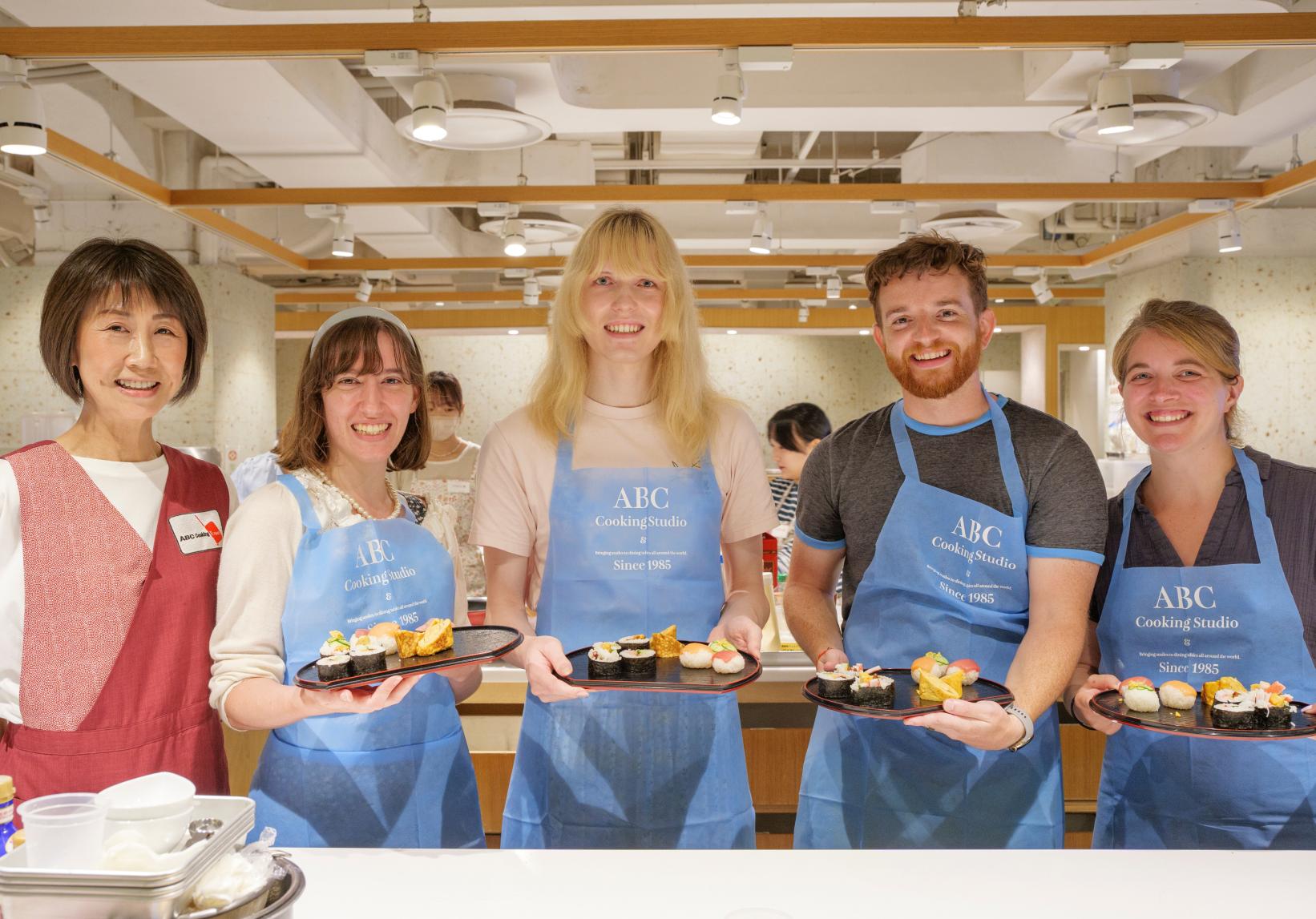
ABC Cooking Studio Tenjin Solaria Stage
View moreTry your hand at making sushi at ABC Cooking Studio, the largest cooking schools in Japan. The cooking class instructor will give you a detailed and easy-to-understand lesson in English, so beginner cooks are welcome. The studio is located in Tenjin, Kyushu's largest downtown area, so feel free to stop by on your way to shopping or sightseeing.
■Dietary restrictions (vegetarian / Halal / allergy)
Please consult with us in advance. Please let us know in advance which items you are not allowed to eat. We will make adjustments to use alternative ingredients to accommodate your request.
Grape Tree & Sushi Express SUSHI ACADEMY
View moreAt venues in Fukutsu City, approx. 40 minutes by car from Fukuoka City, or Okagaki-cho, about an hour away, you can experience sushi making in English while learning from a real sushi chef. You and your friends will have a fun and lively time while wearing matching happi coats.
■Dietary restrictions
・Vegetarian: Not available
・Halal: No pork or alcohol, but please inquire for details. Please understand that we may not be able to meet requests.
・Allergy: Only 7 major allergies (egg, wheat, milk, shrimp, crab, buckwheat, peanut) can be accommodated. Please inform us when making a reservation.
(iv) Many more enjoyable experiences available in Fukuoka
Students with an interest in art can try their hand at painting craft items, while those with a sweet tooth can go out to pick seasonal fruits. Fukuoka Prefecture offers a wide range of experience programs that are challenging yet enjoyable.
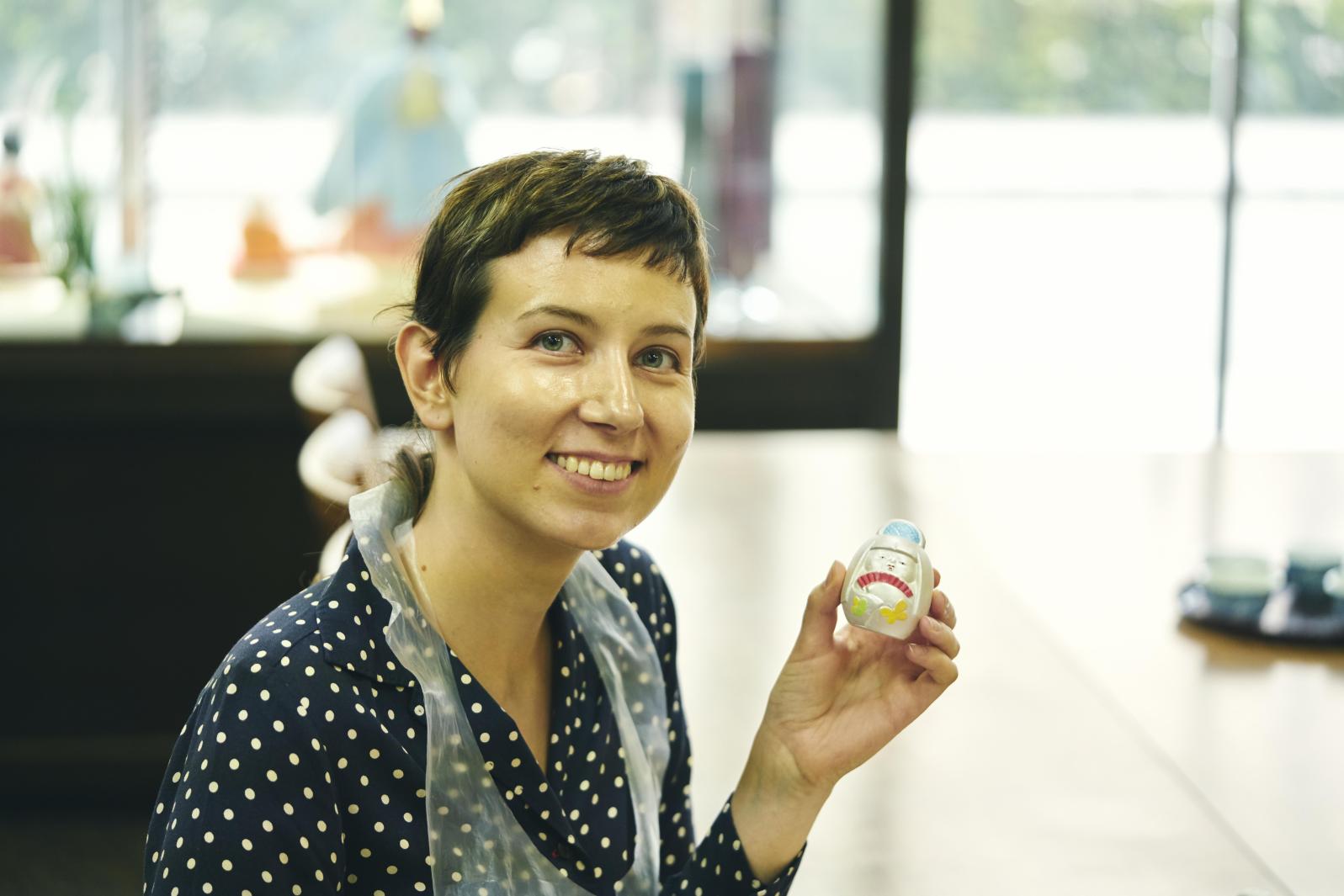
Hakatamachiya Furusatokan Museum
View moreTake a glimpse at how the average Hakatan during the Meiji (1868-1912), Taisho (1912-1926), and Showa (1926-1989) Eras lived at the Hakatamachiya Furusatokan Museum! Like the structures in Kyoto, the frontage of the museum is narrow and the building itself is long. There is a main building with a courtyard, a guest house and a warehouse. A path called a “tori niwa” runs from the front to the back of the interior of the museum, and each of the buildings comprising the museum line up closely in a perfect row.

Fruit picking (Ukiha City, Kurume City, etc.)
View moreMany farms in Fukuoka Prefecture welcome tourists. Choose a place to visit by comparing the regions and types of fruit available in each location.
3. Support for school exchanges
School exchanges give foreign students the opportunity to experience school life in Japan by participating in classes and club activities alongside Japanese students, and through cultural exchange programs.
Fukuoka Prefecture provides support in setting up school exchange programs upon request. To realize a better world, we hope to raise interest in the global society not only among visitors, but also among Japanese students.
[Schedule]
■Up to 4 months before departure
The school or travel agency submits a School Exchange Application Form.
■After application and up to 1 month before departure
Fukuoka Prefecture coordinates the date, time, and contents of the exchange program with schools in the prefecture, based on the application.
[Points to note]
・Please consult with a travel agency when making arrangements for an interpreter, accommodations, and tickets to tourist facilities.
[Frequently Asked Questions]
・Who is eligible for receiving support from Fukuoka Prefecture?
→Educational trips organized by schools, and sports and cultural exchanges for students (arrangements for school visits by individual students and training/inspections for school personnel are not included).
・When is the best time for coordination?
→October to November is a relatively convenient time for making arrangements. (Coordination is difficult during extended Japanese school holidays such as summer, winter, and spring holidays, the periods before and after such holidays.)
Conclusions
Have you gained a better understanding about educational trips to Fukuoka Prefecture? If you have any concerns or questions, please feel free to send in an inquiry using the form below.
We look forward to welcoming you.


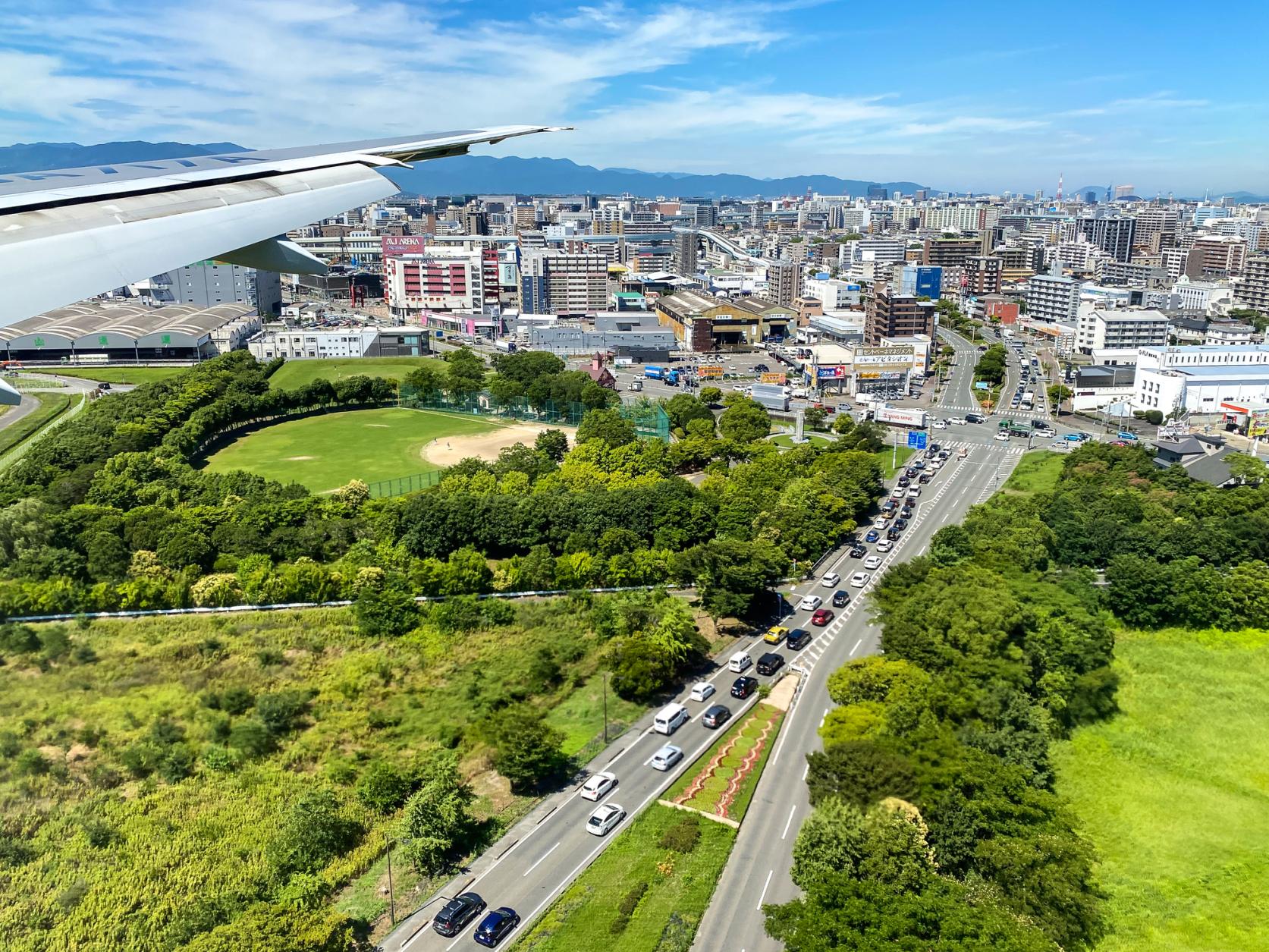
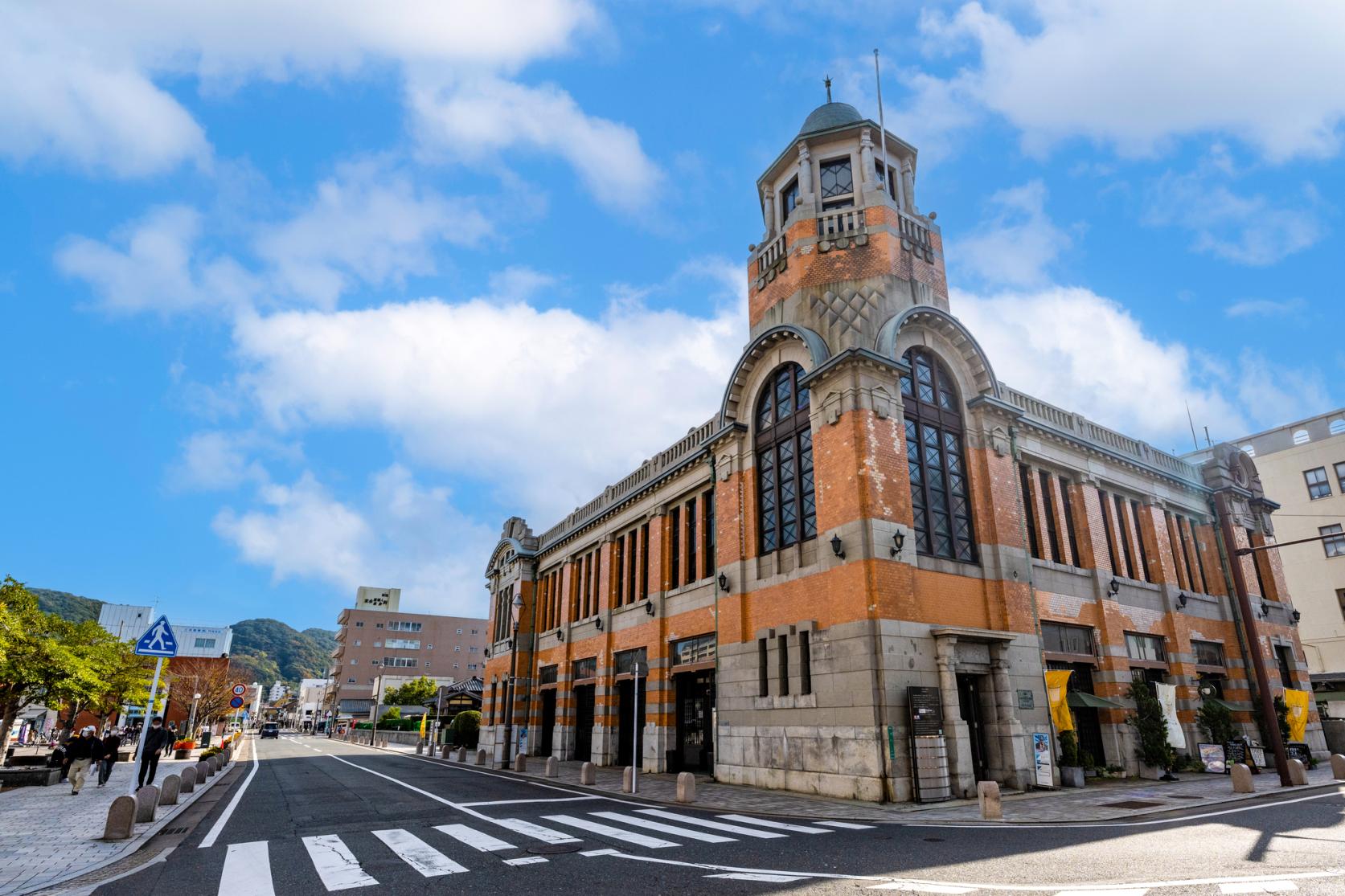
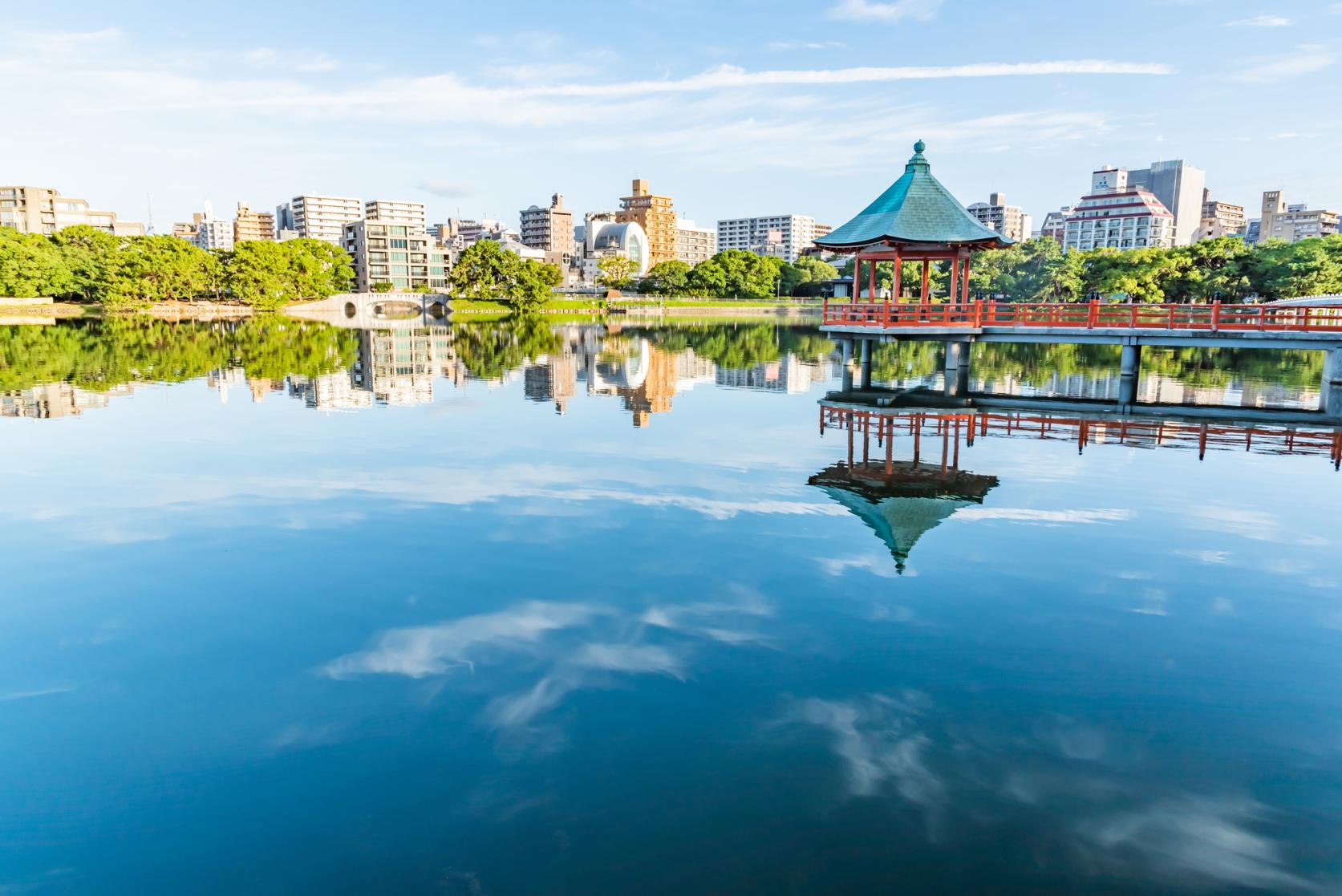
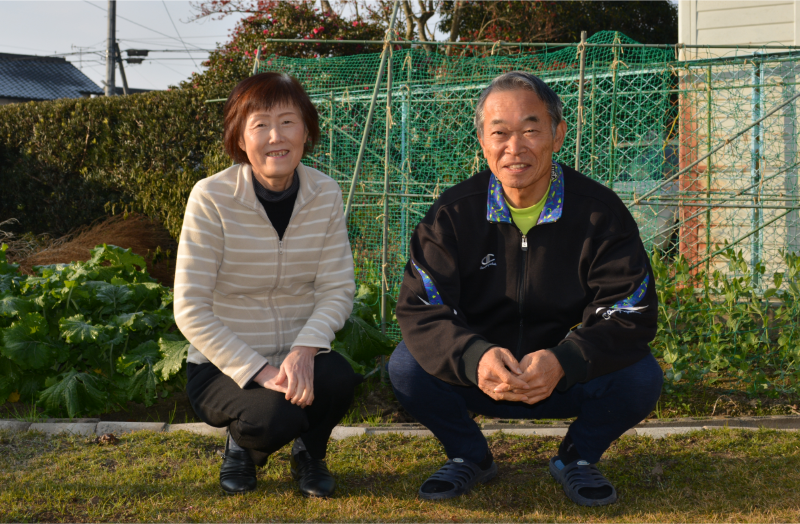
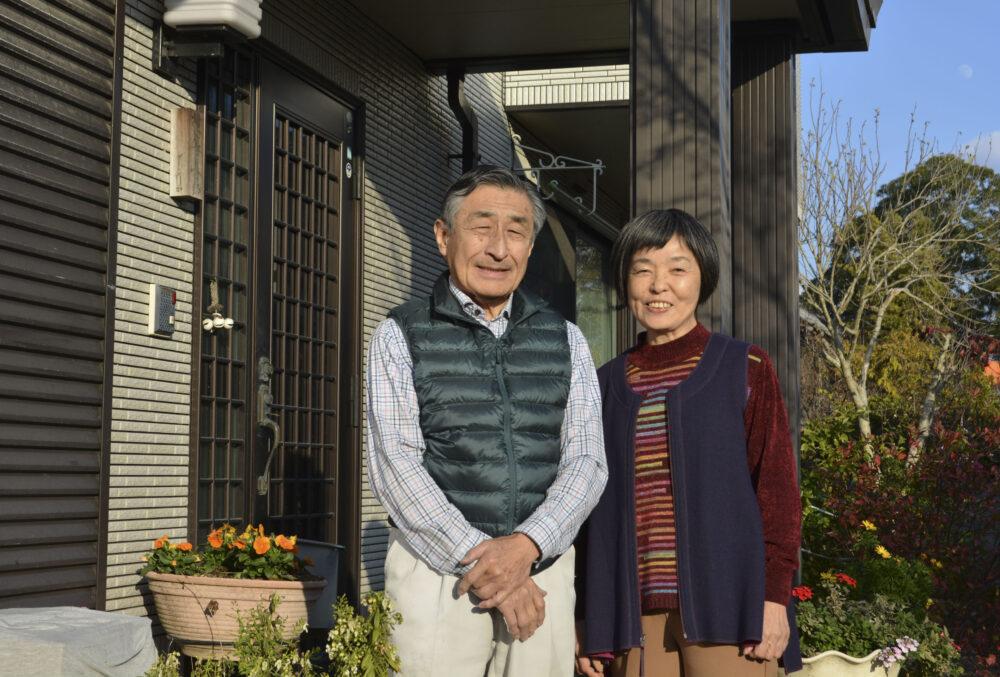
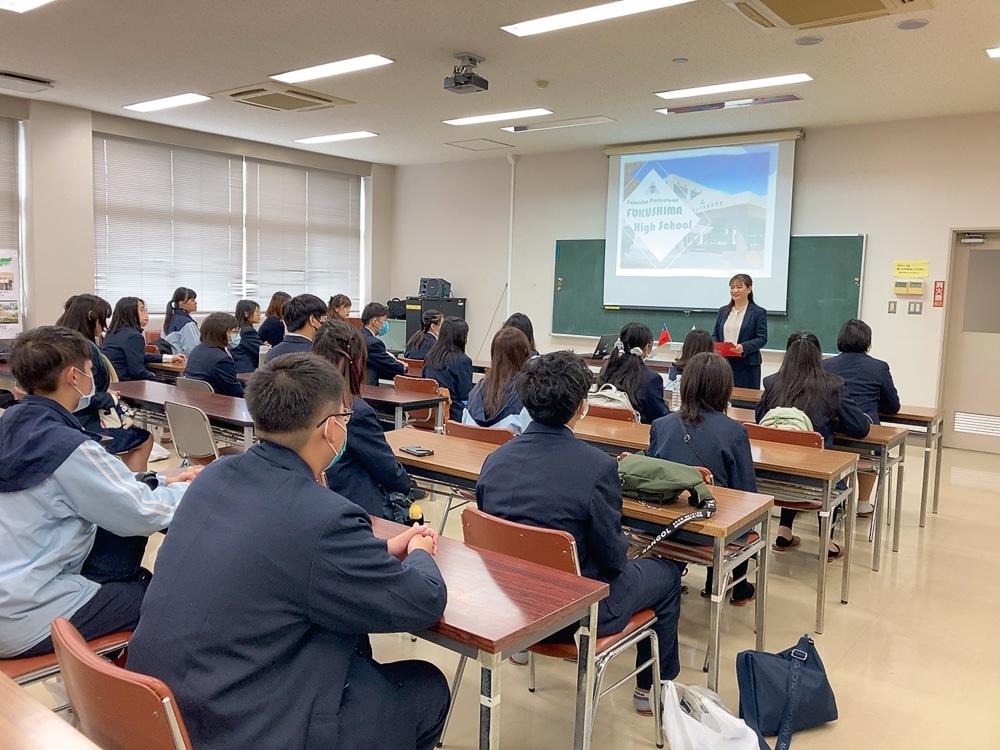
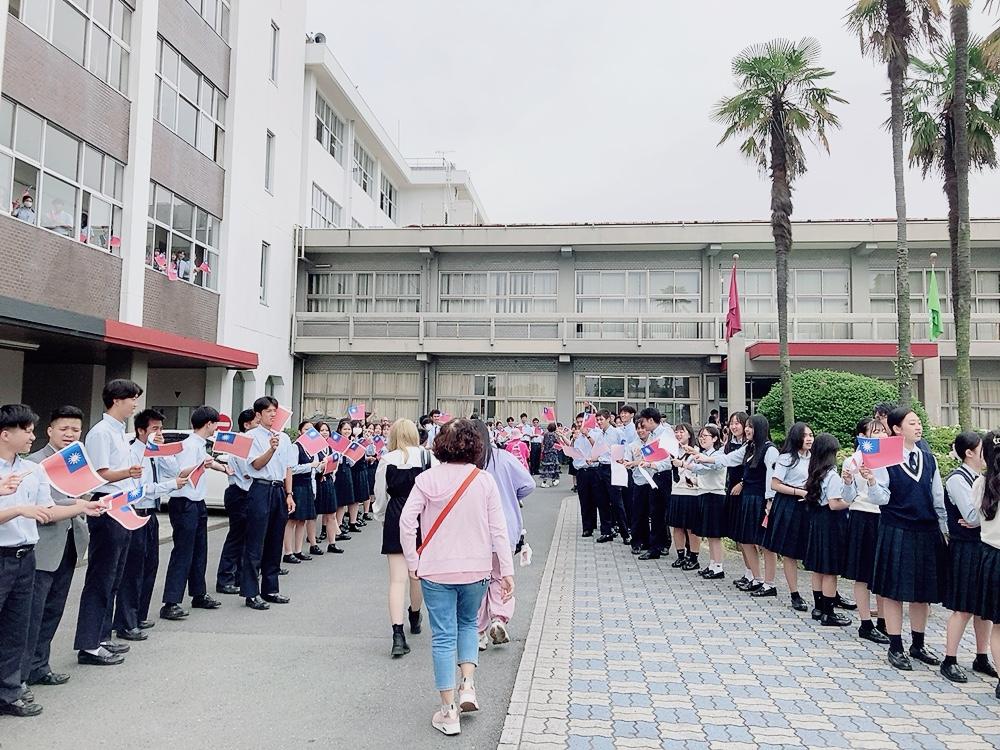
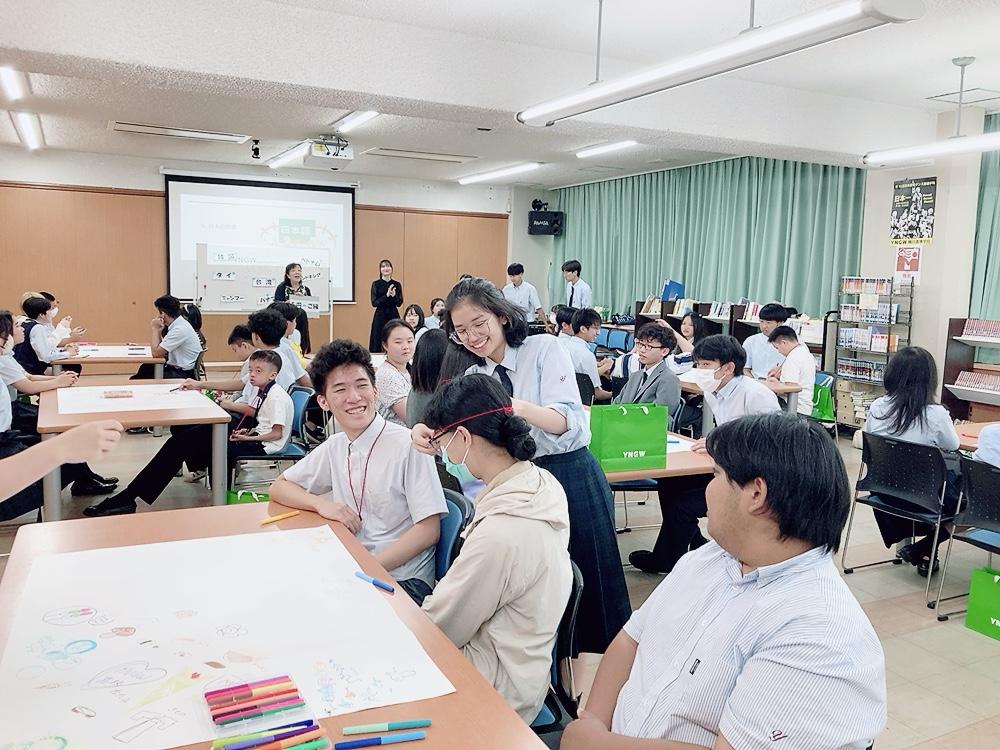
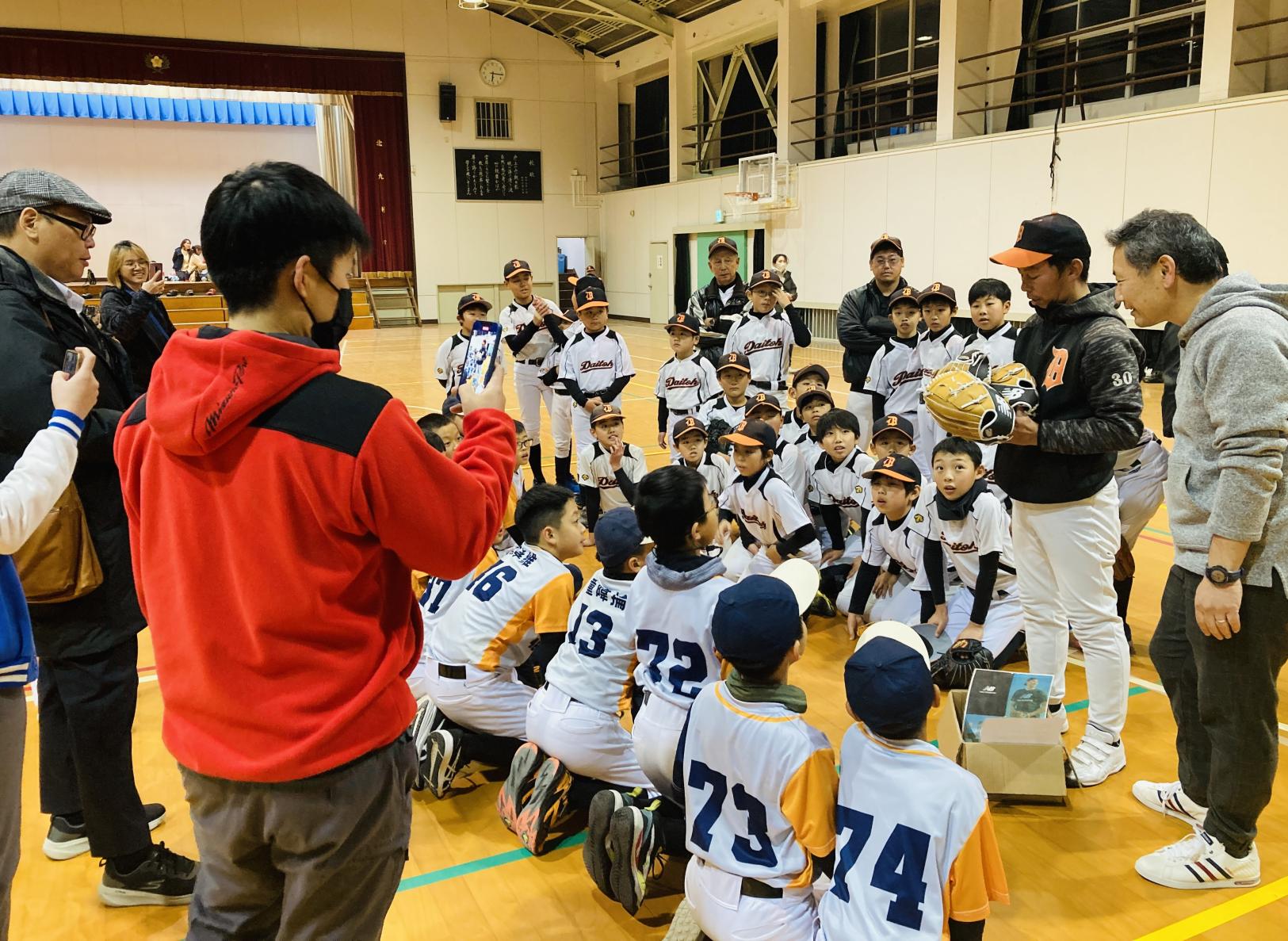
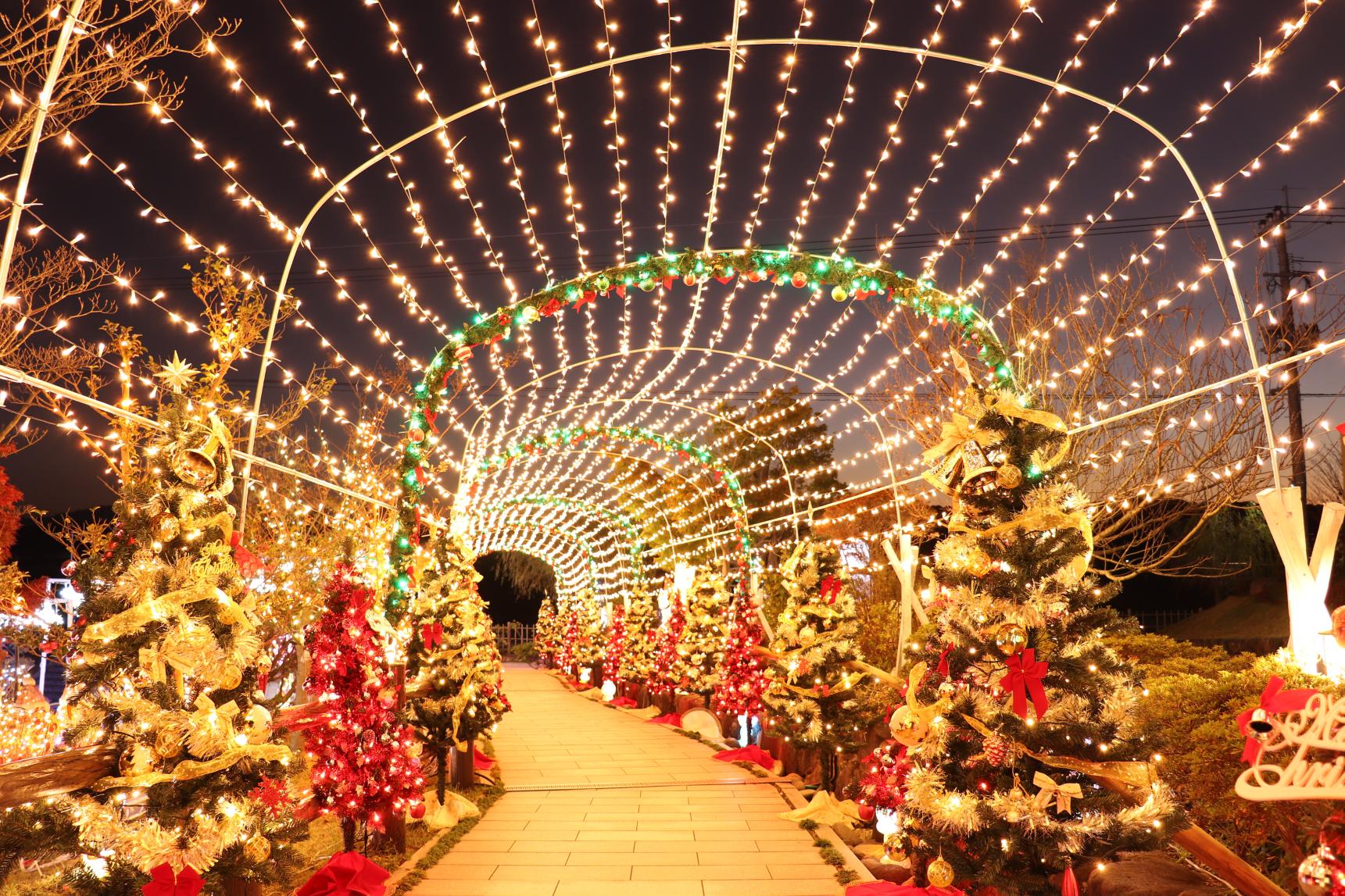
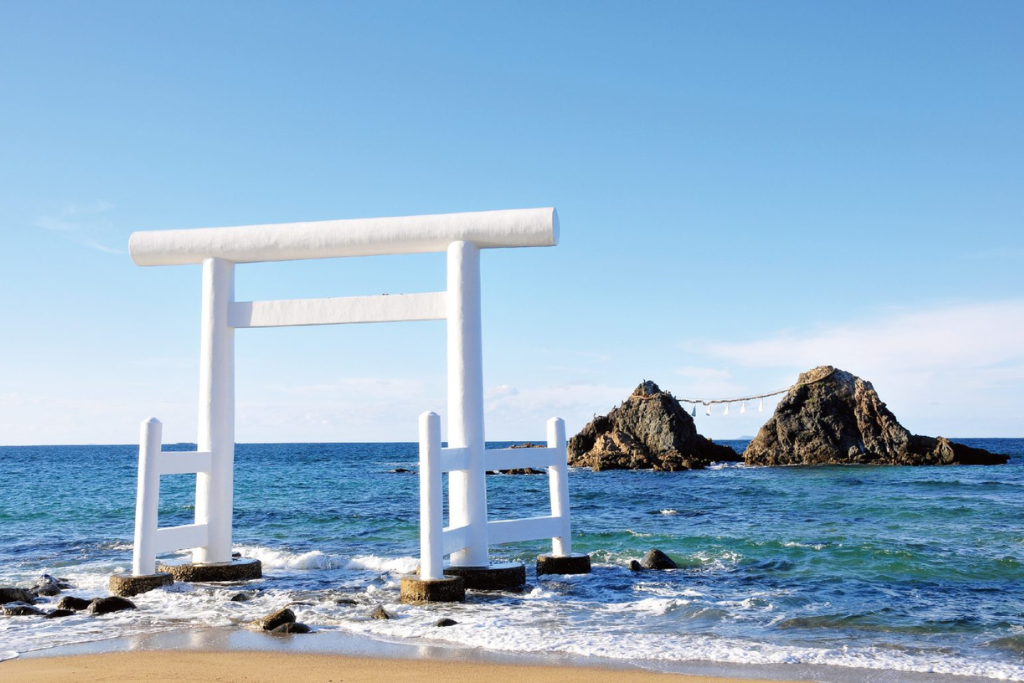
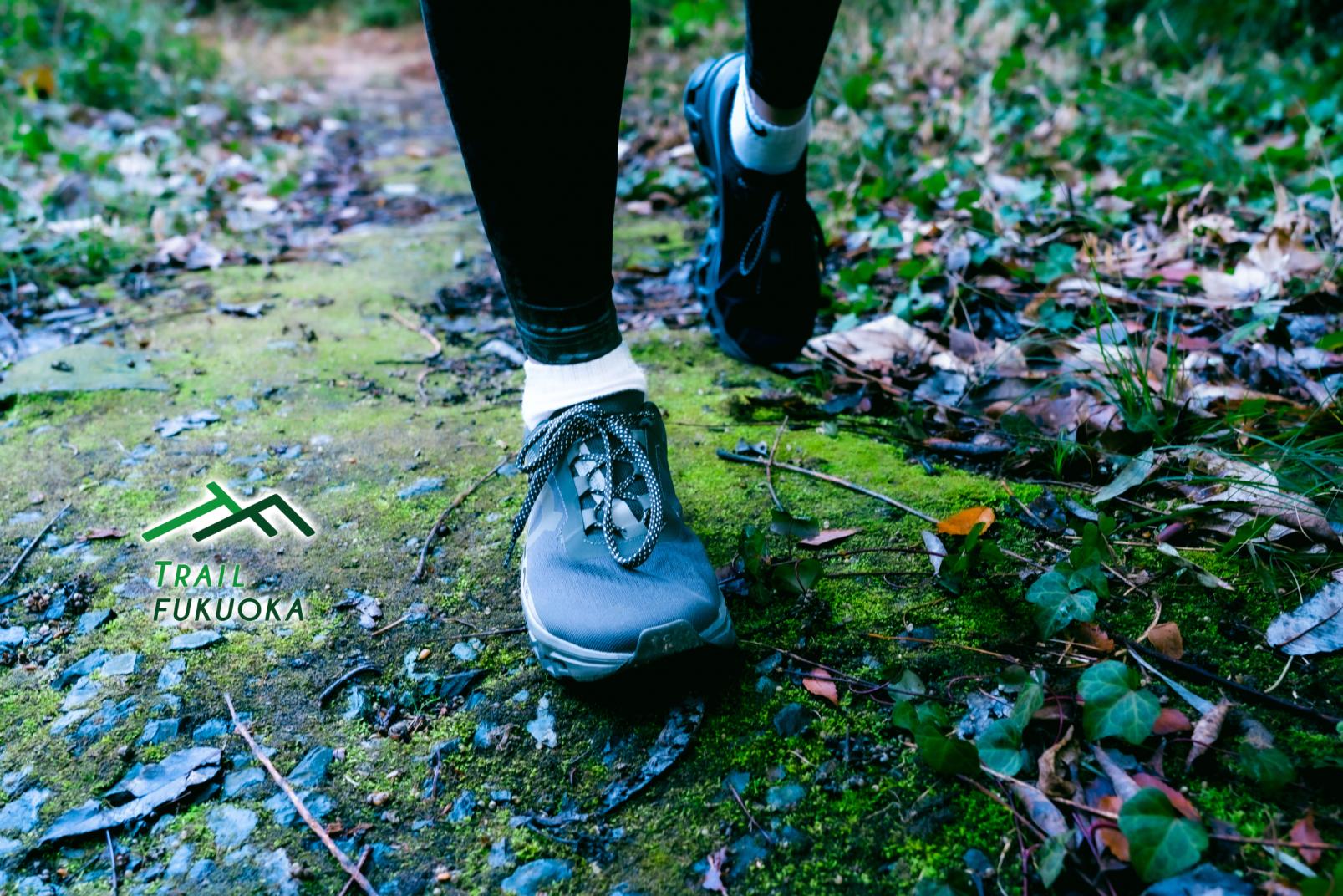
![[2025 Edition] The Best Places to See Cherry Blossoms in Fukuoka-1](https://www.crossroadfukuoka.jp/storage/special_features/38/responsive_images/q0hE9tjduBiHqz9D4hlPG9Rx4qnsyGjp3aFupoG1__1673_1115.jpg)
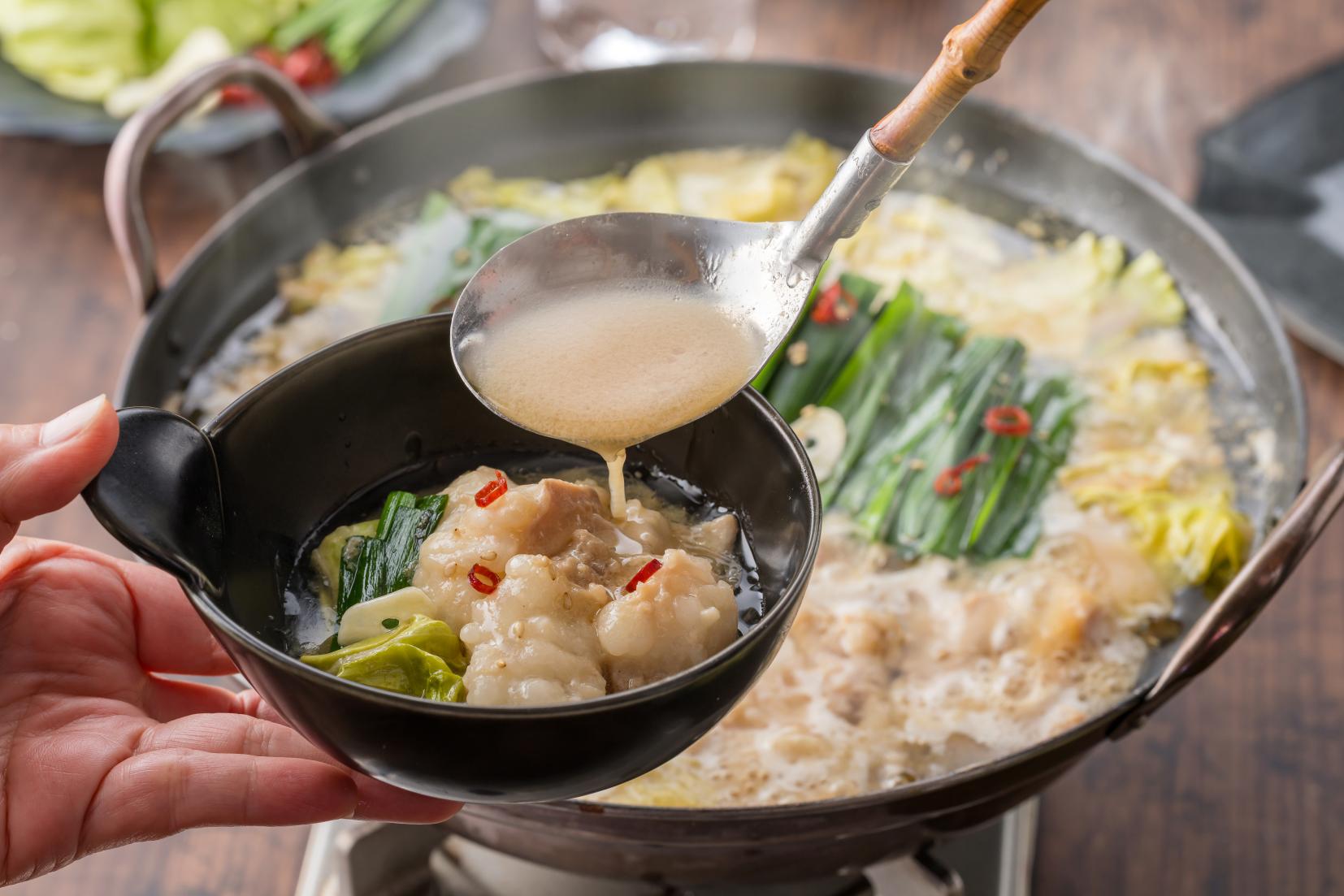
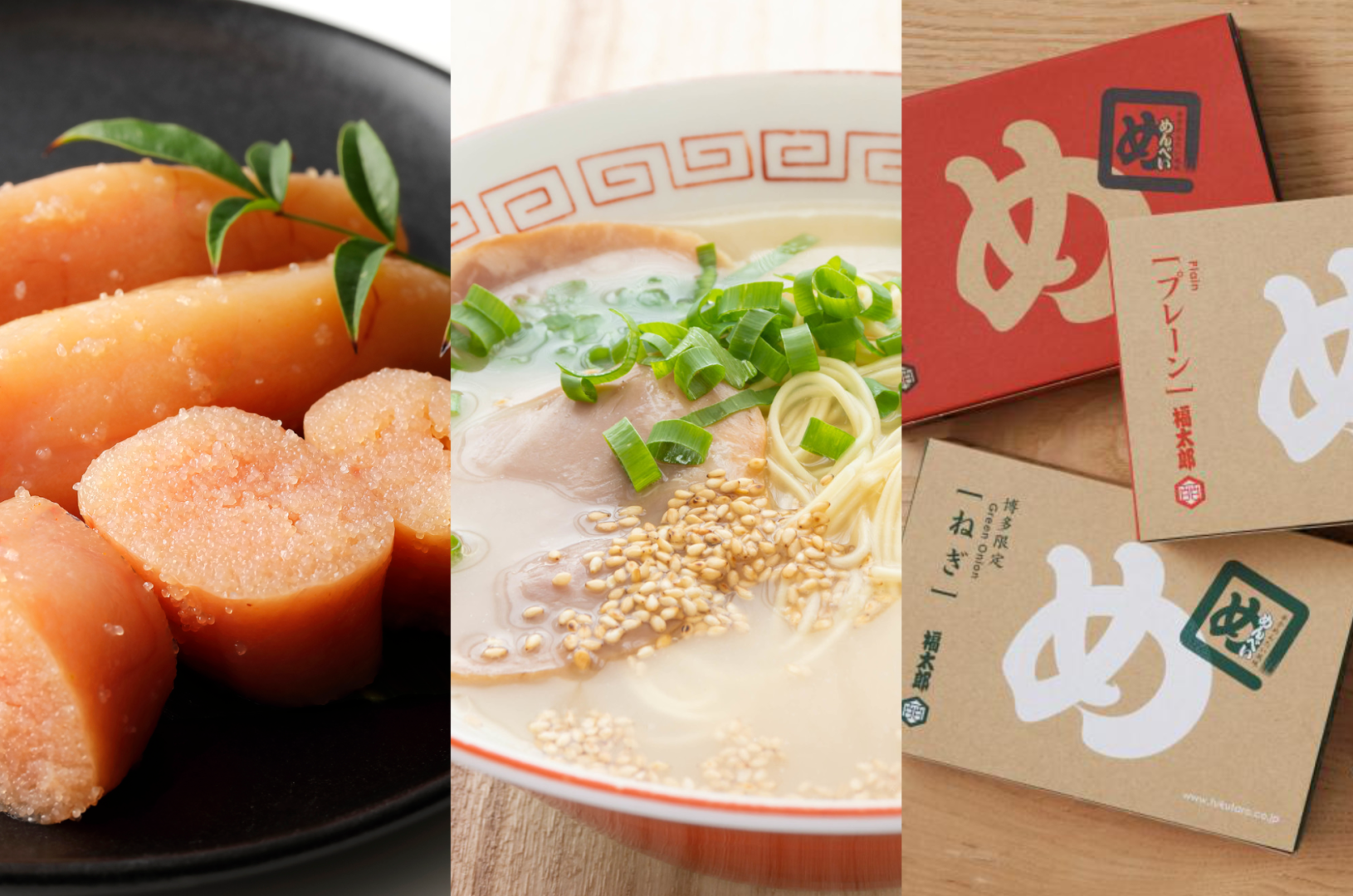
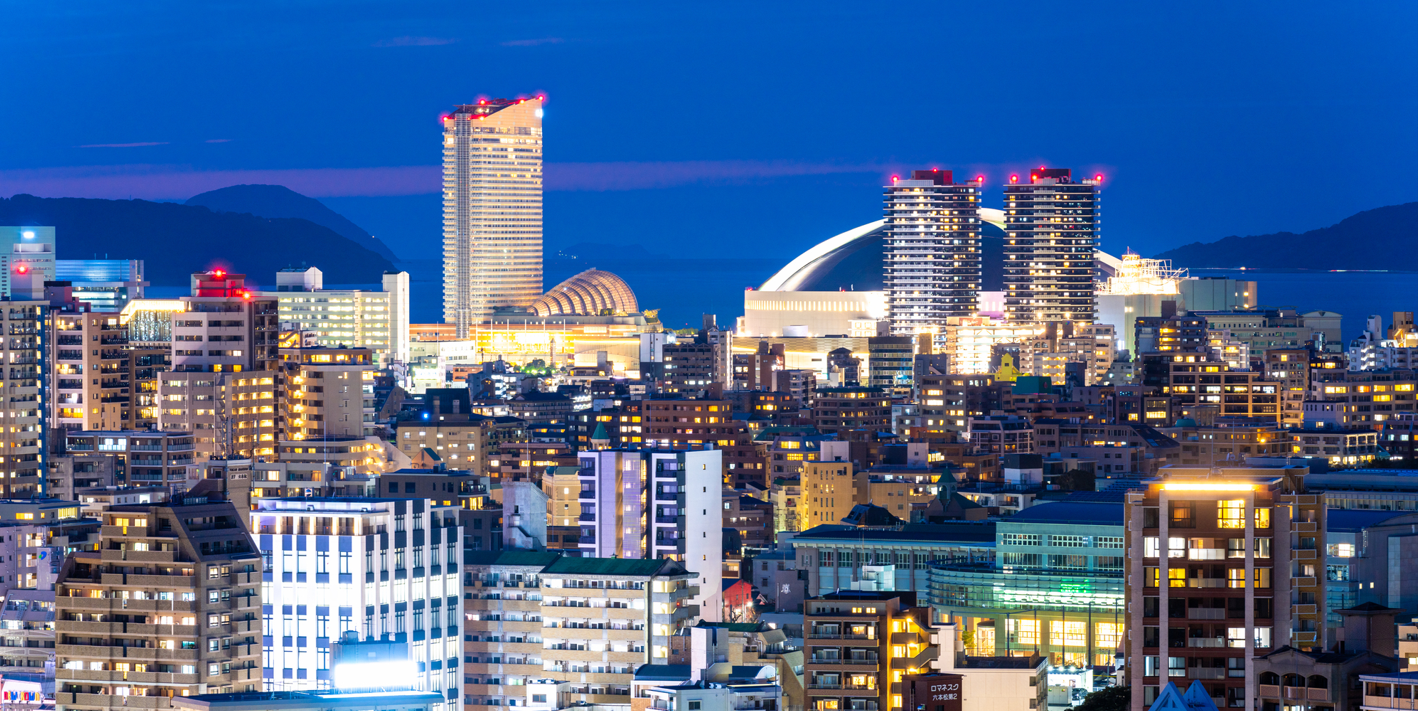
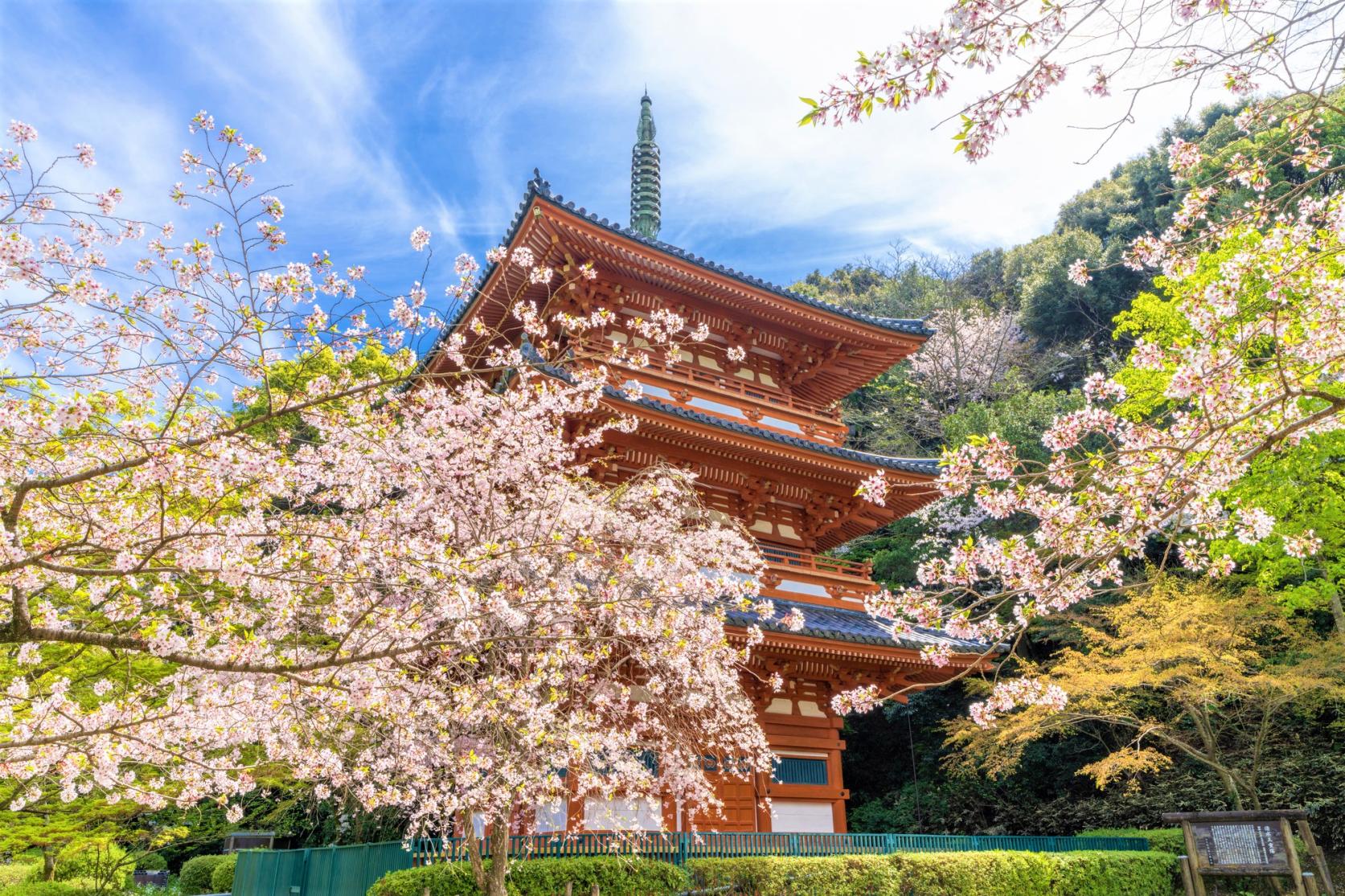
![[2025 Edition] Strawberry Picking Spots in Fukuoka-1](https://www.crossroadfukuoka.jp/storage/special_features/49/responsive_images/9ZHgrqvQdpH8tM4IRF54DXu0aPBF3YGGkj5WOTGc__1673_1115.jpg)
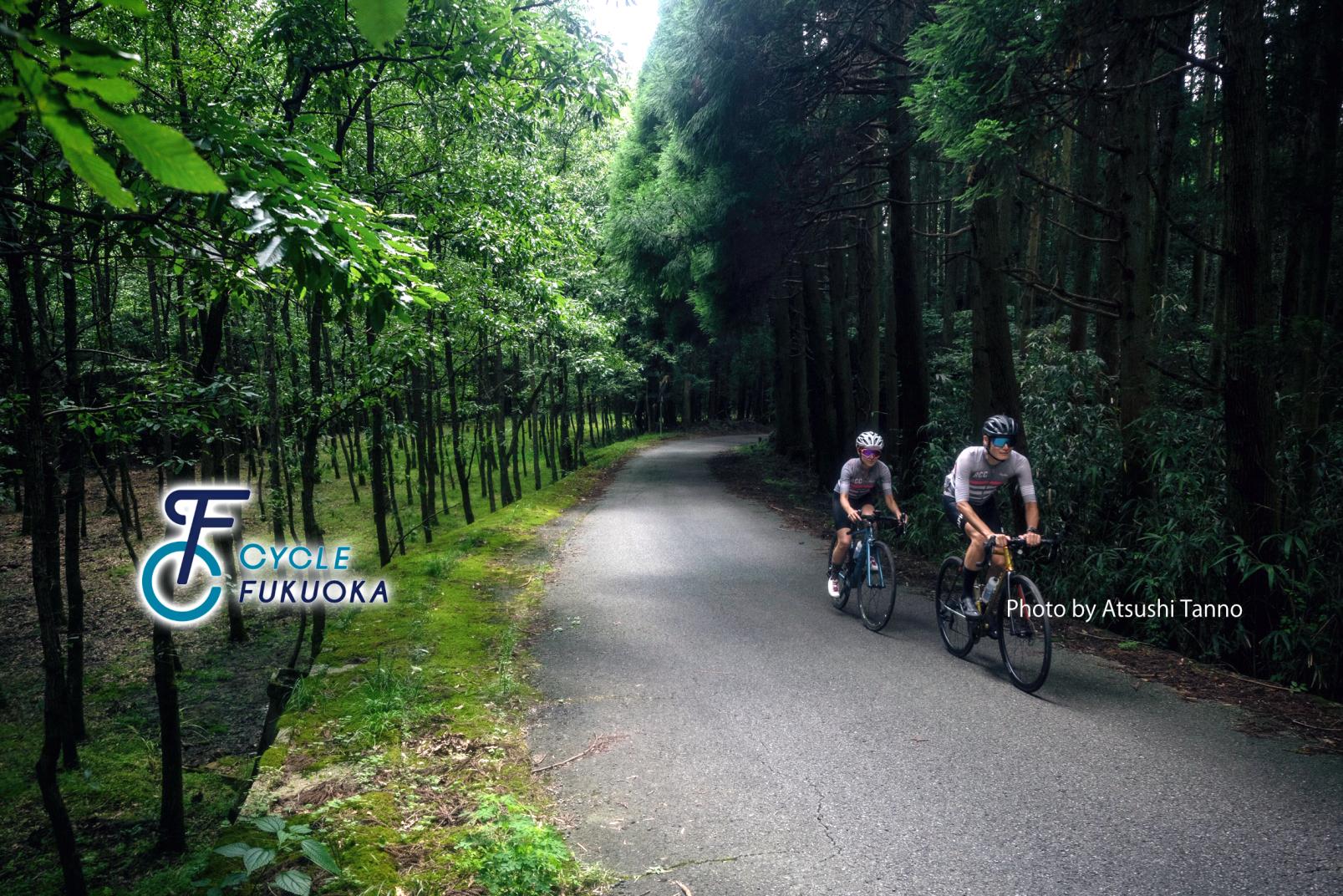
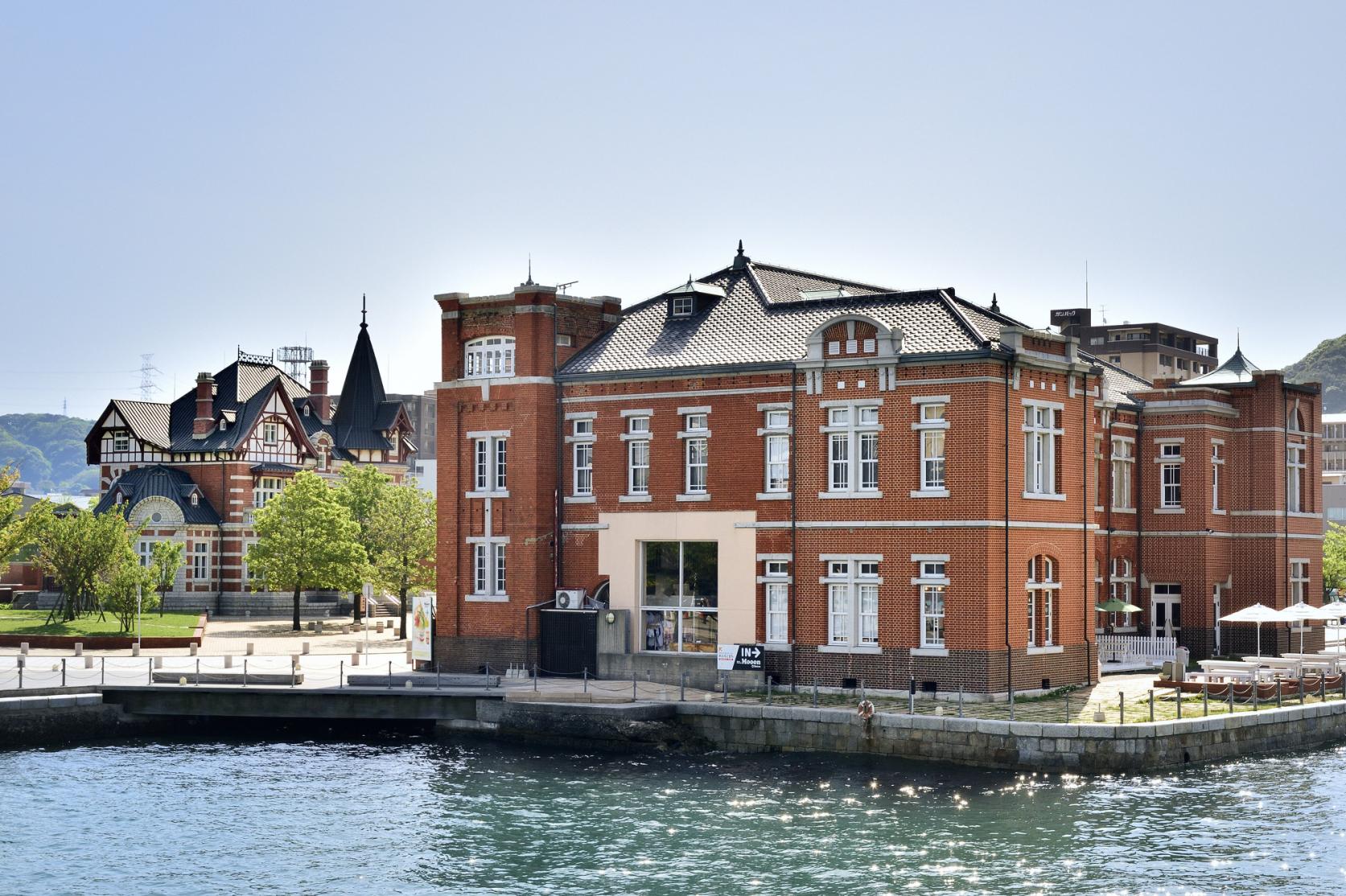

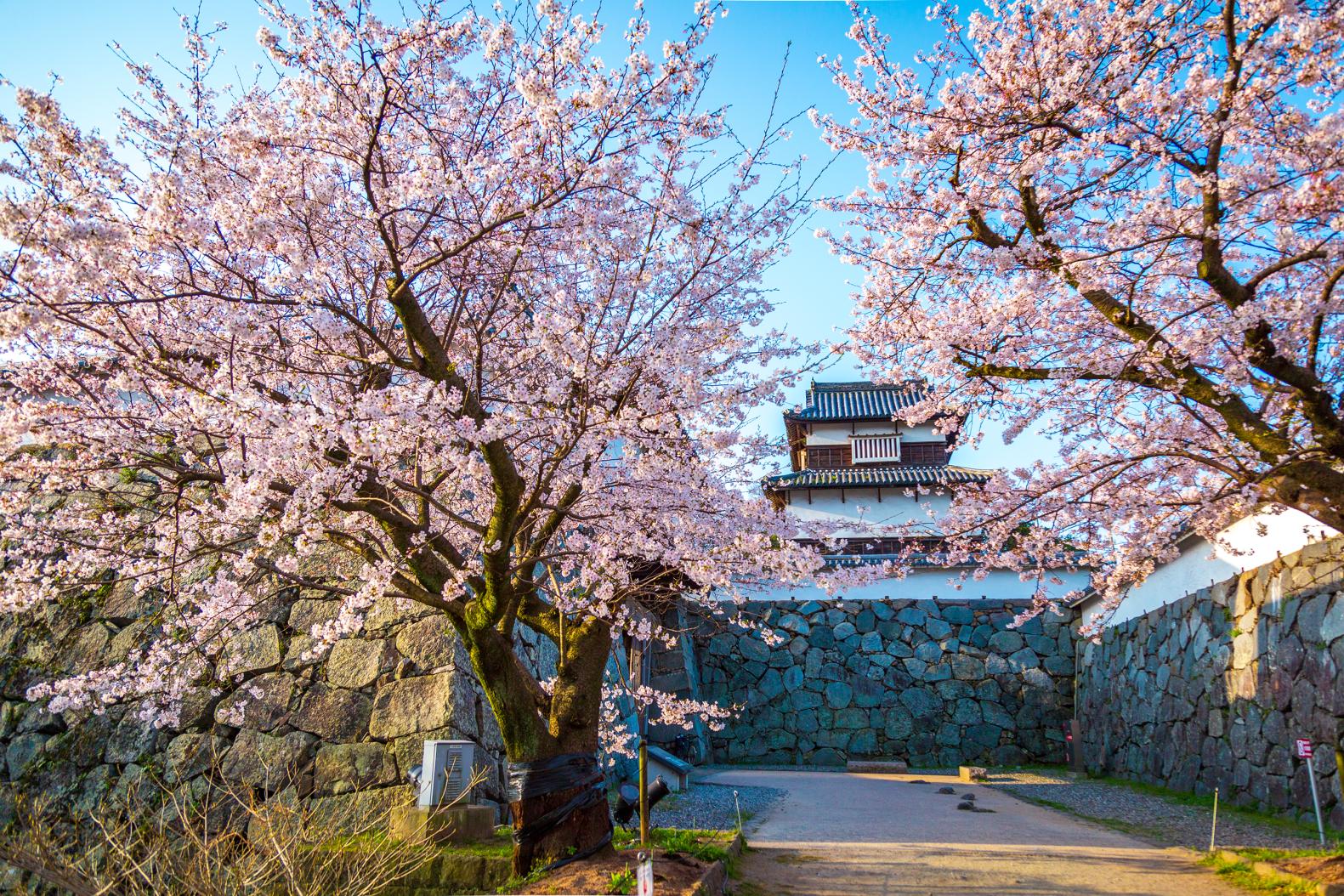
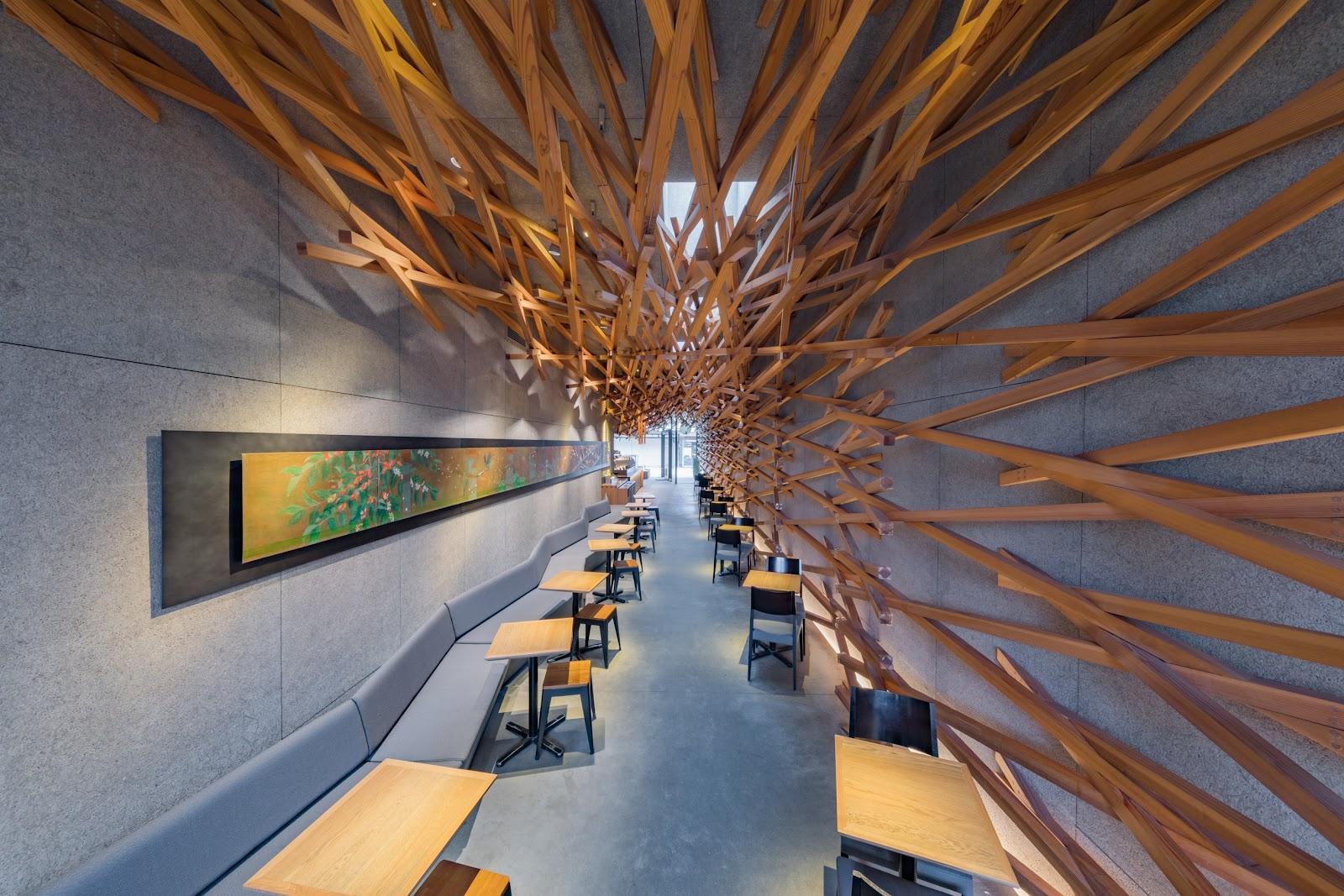
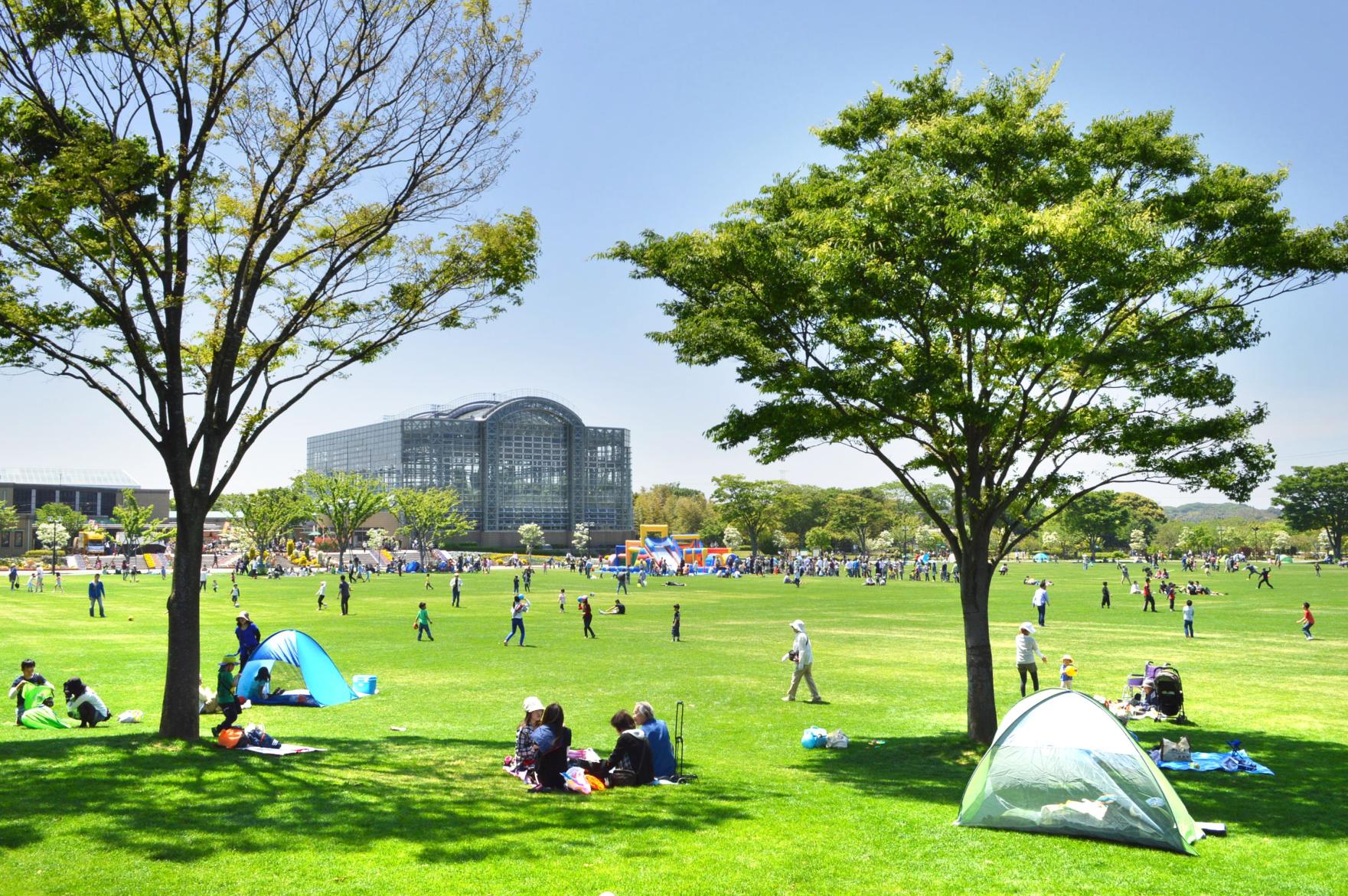
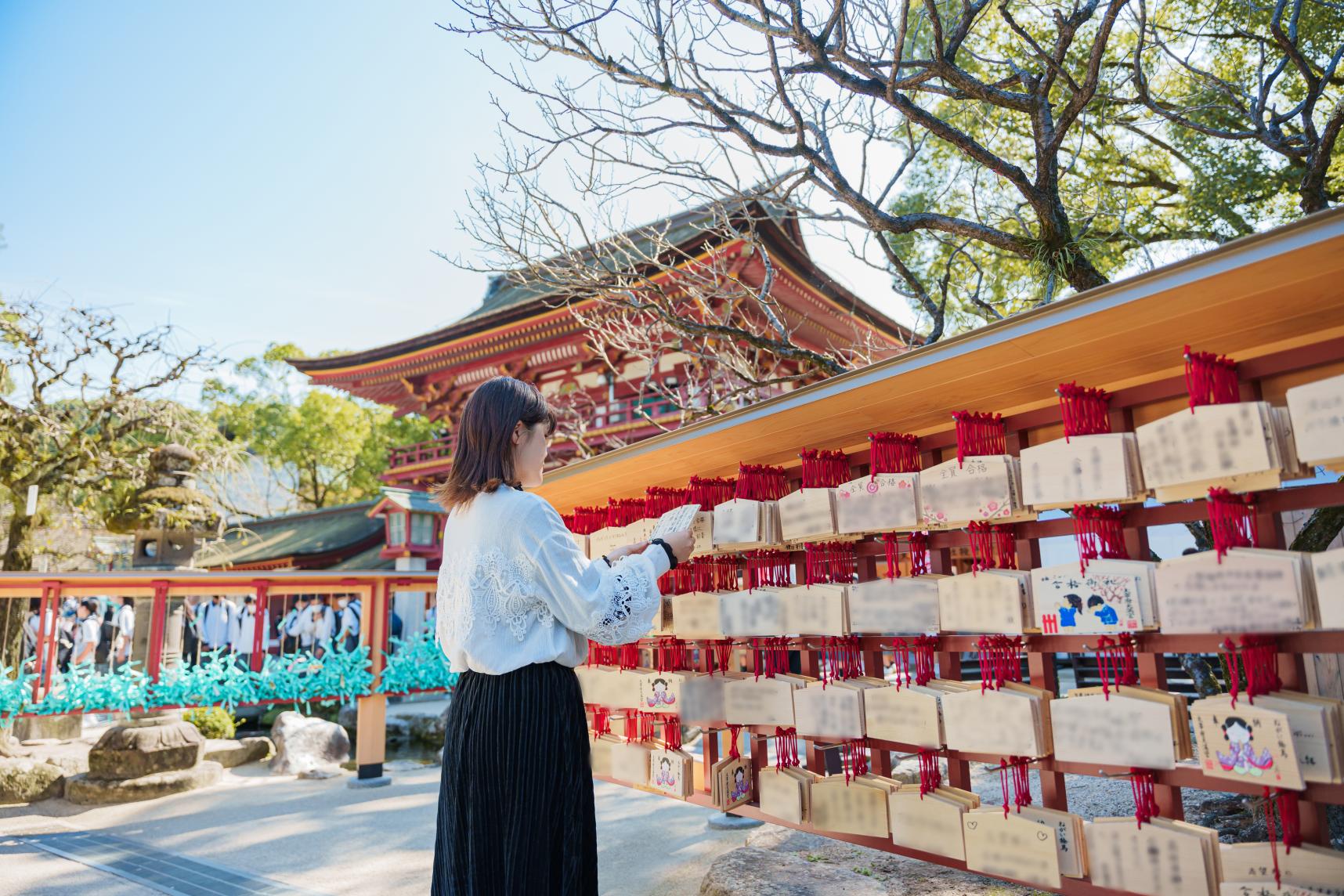
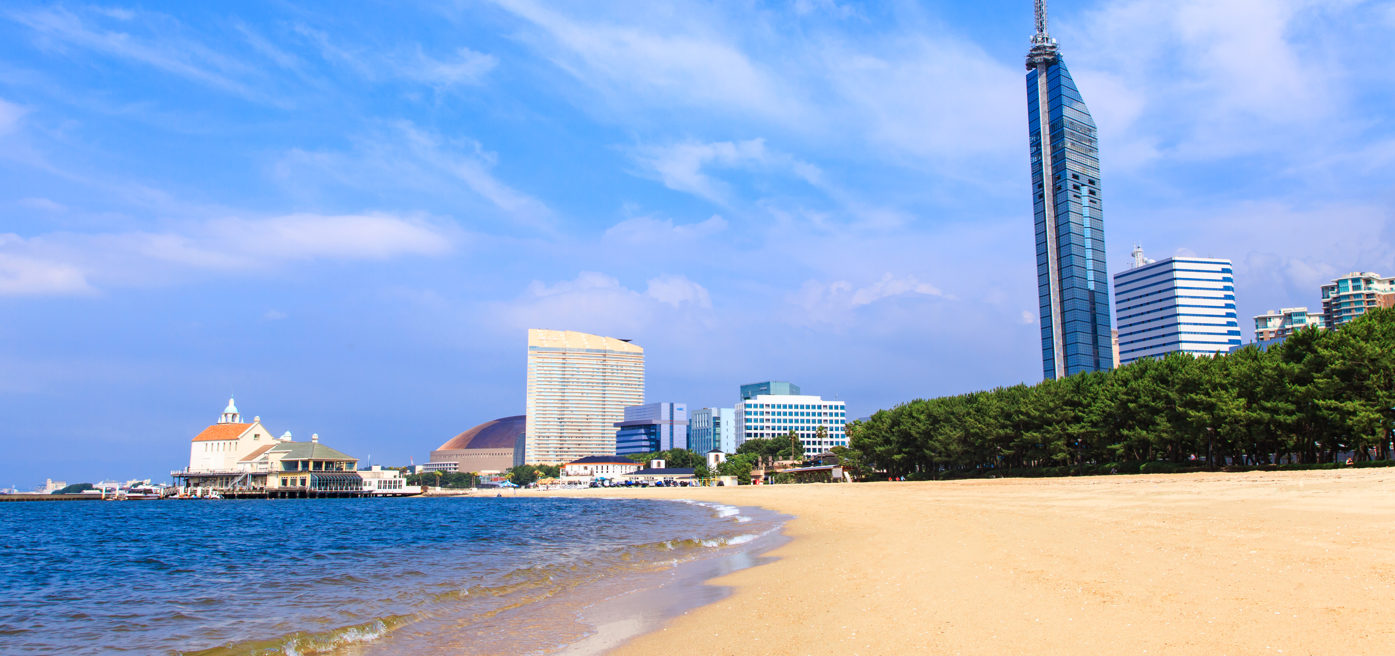
![[2024 Edition] Your Guide to Fukuoka Prefecture's Best Fall Foliage Destinations-1](https://www.crossroadfukuoka.jp/storage/special_features/279/responsive_images/49m7voPHQ1J9tJsmiguwSxPT6qZON51ATRvm5NJK__1673_1115.jpg)
